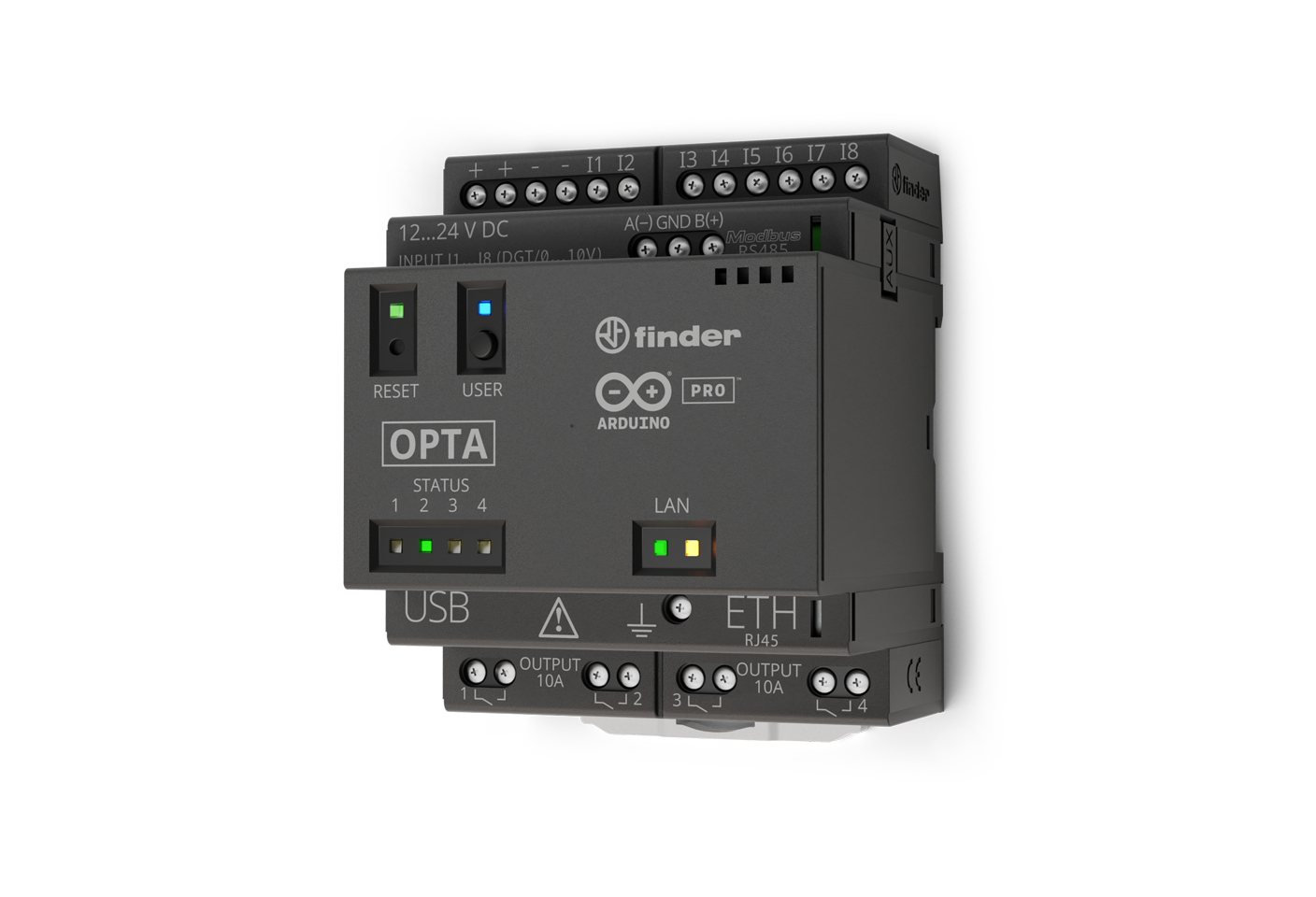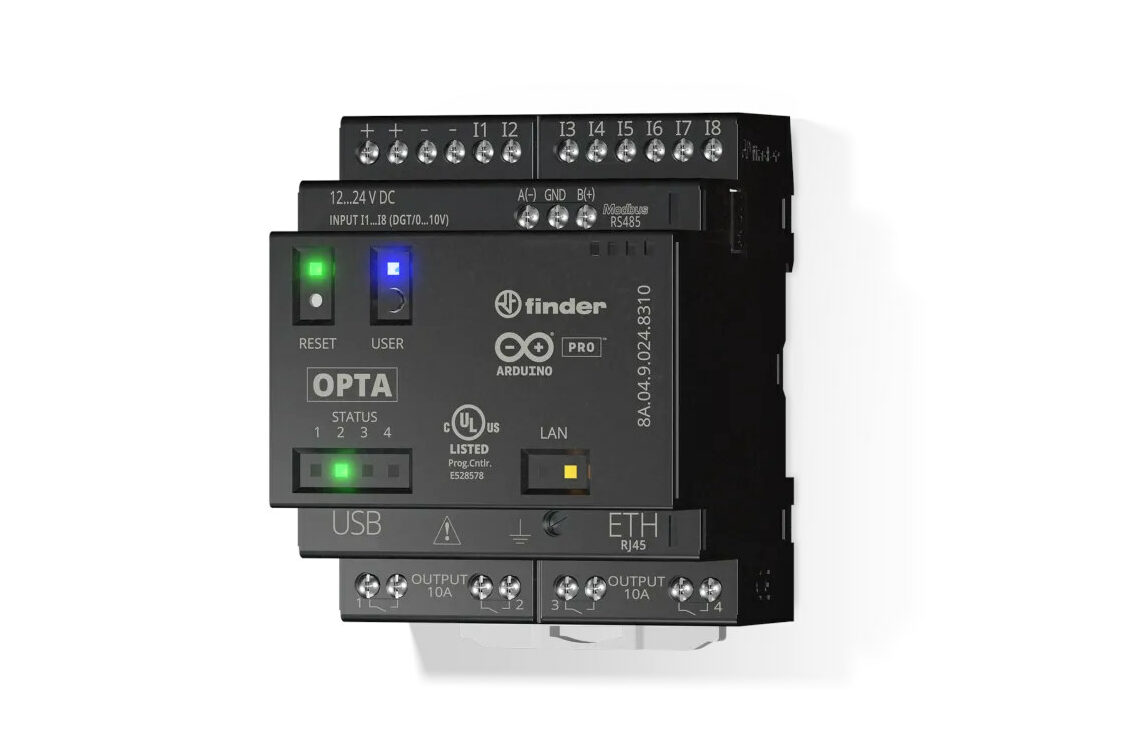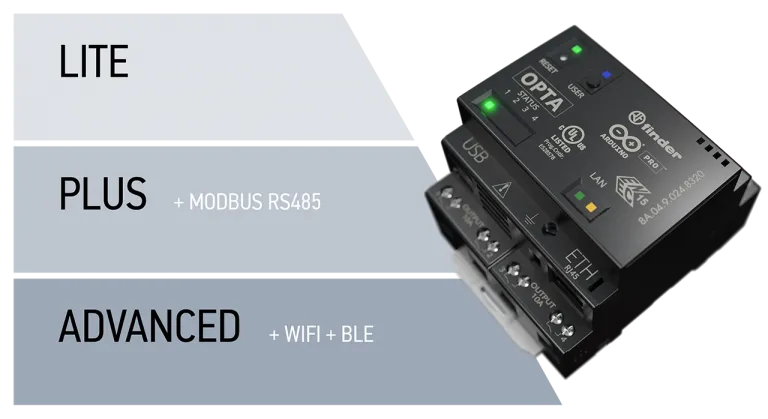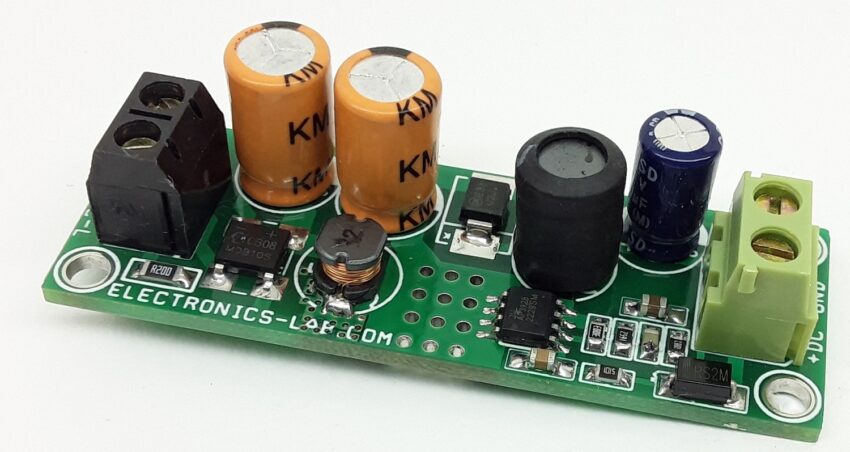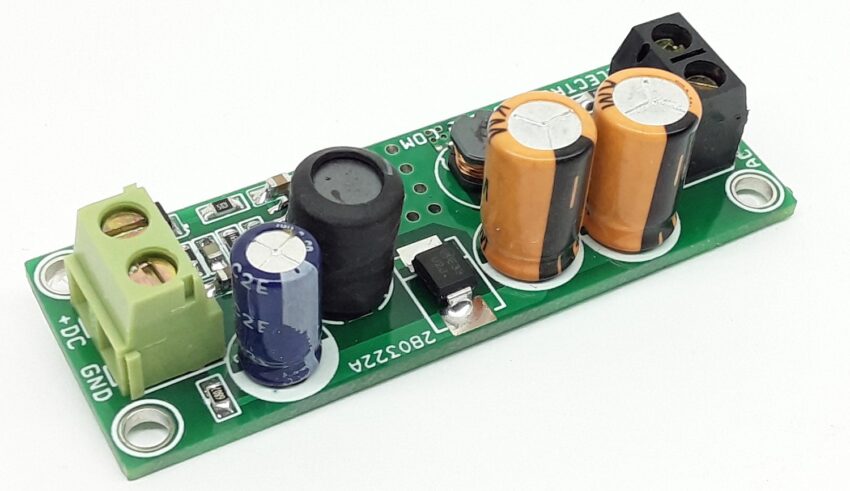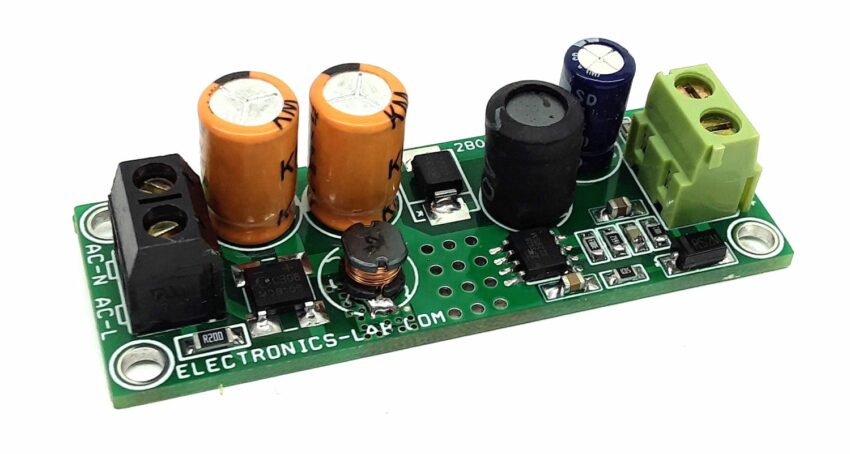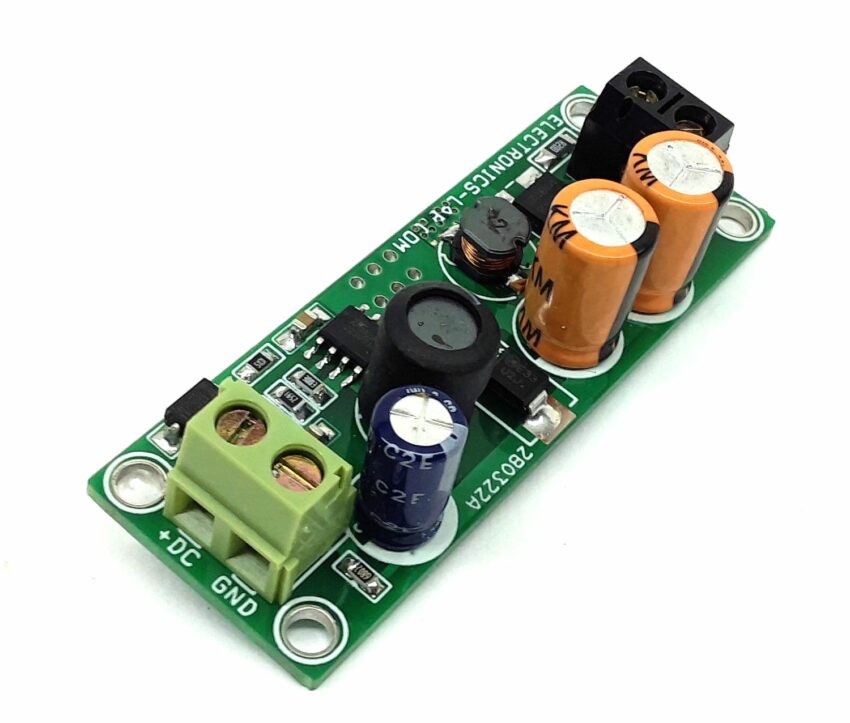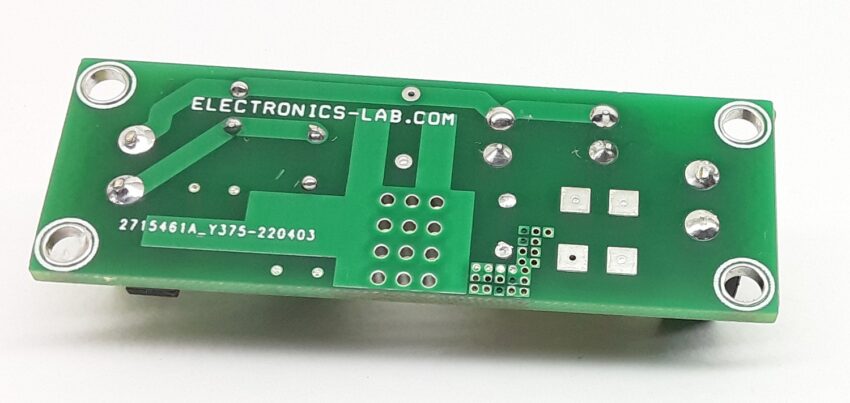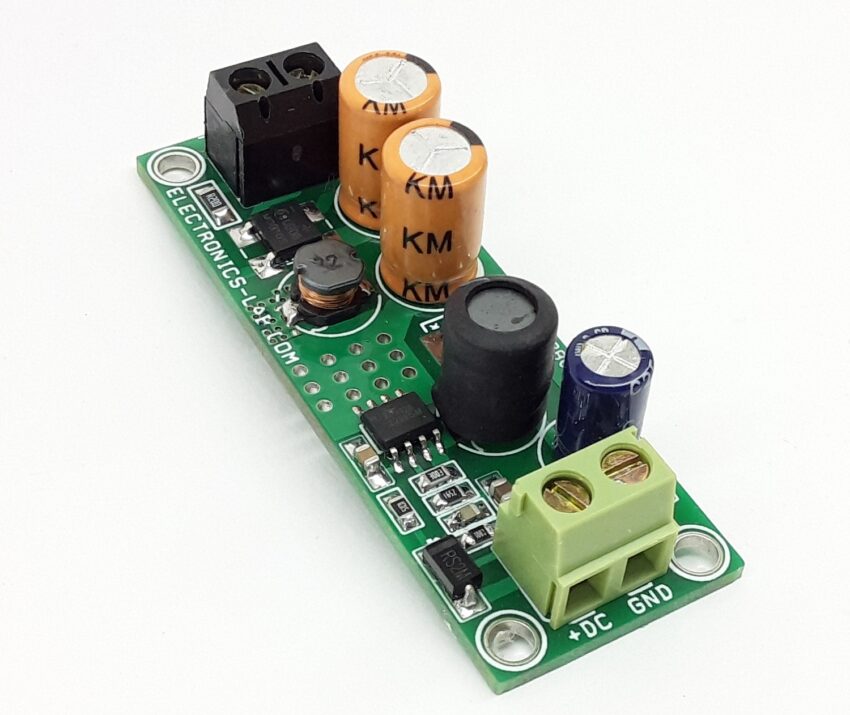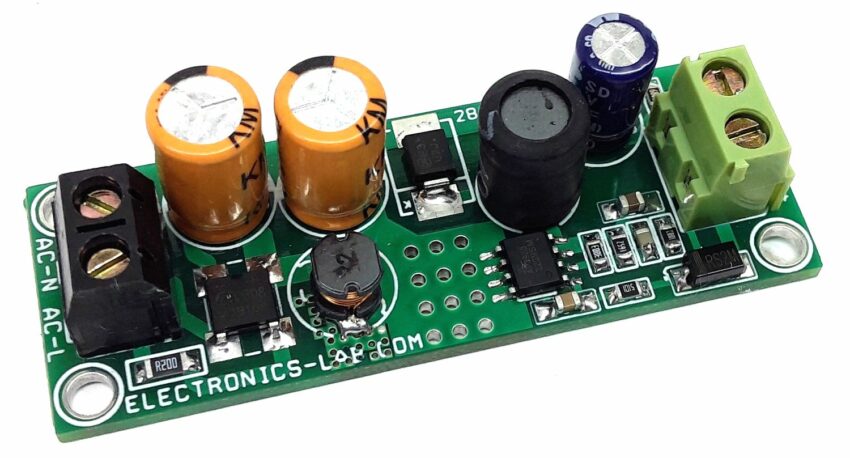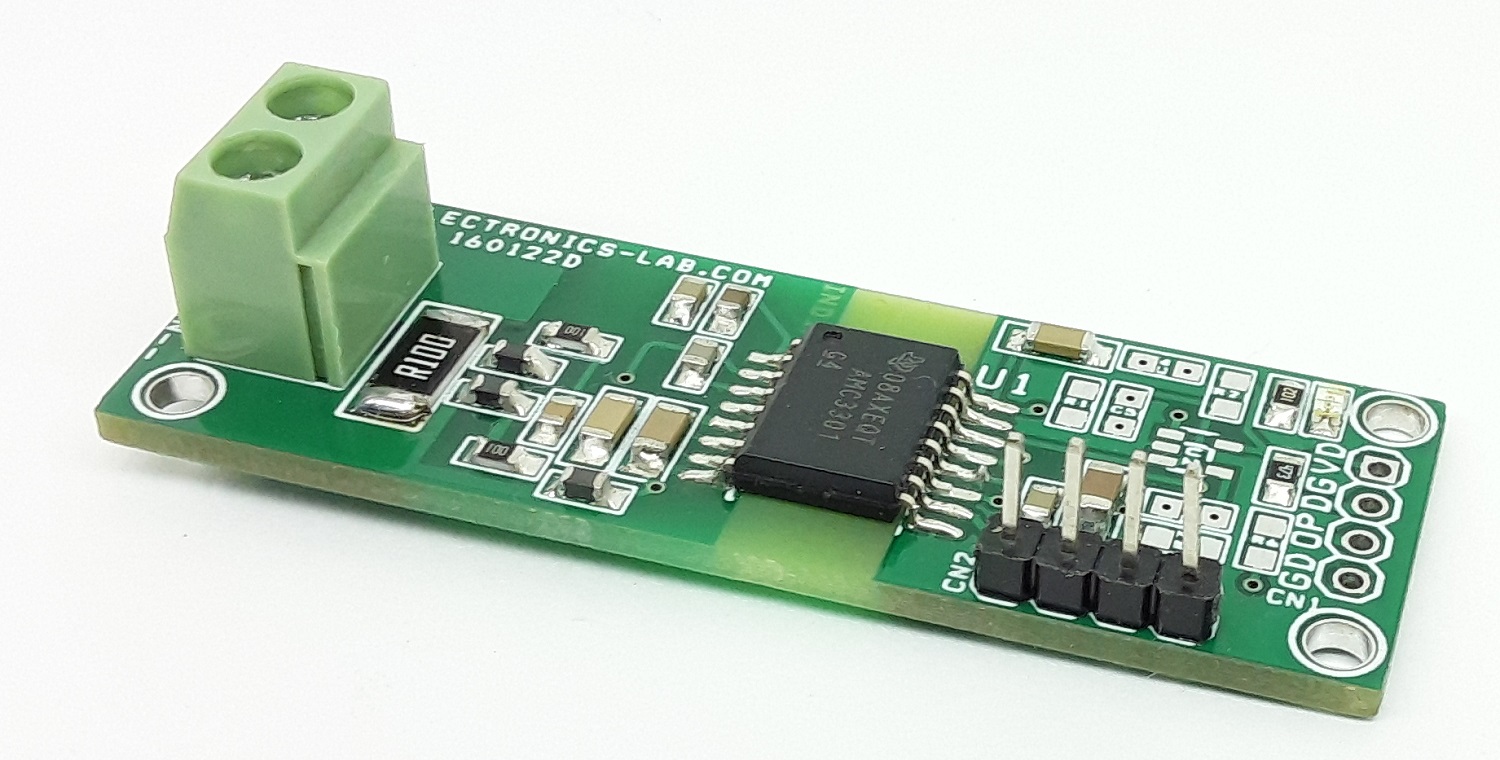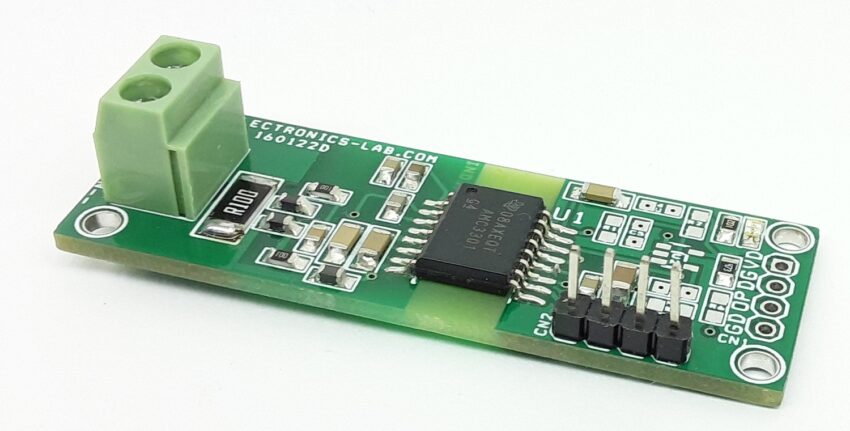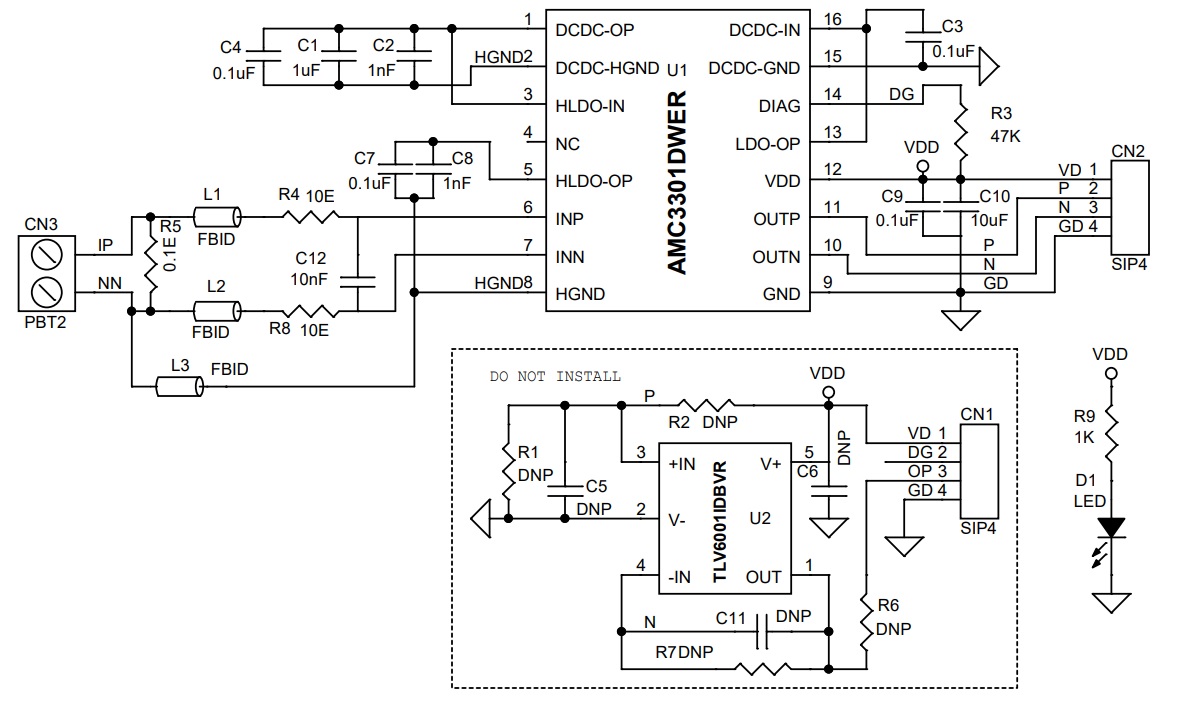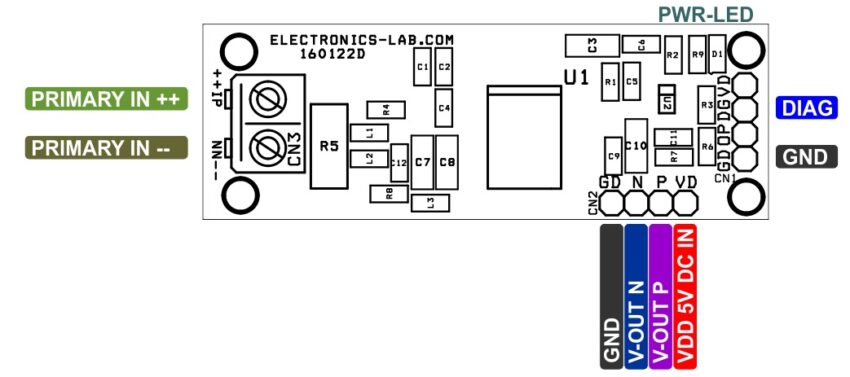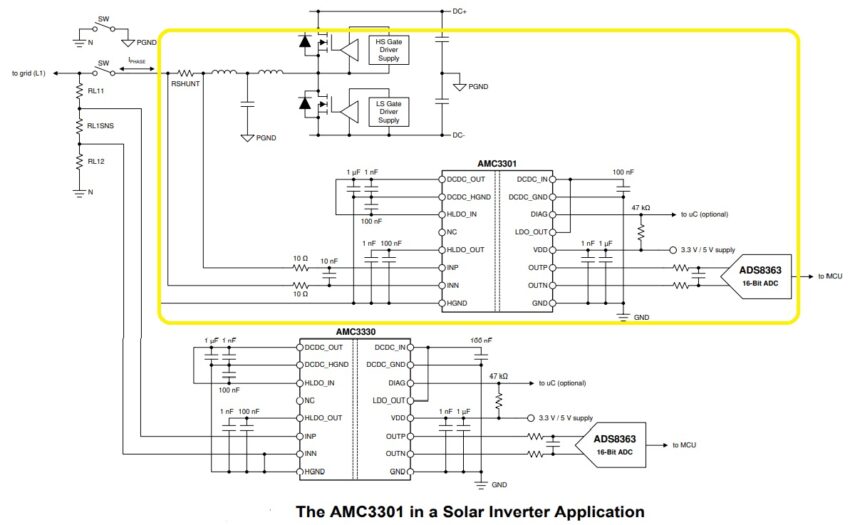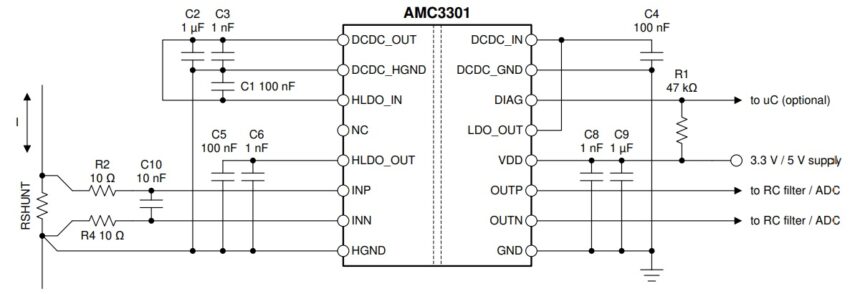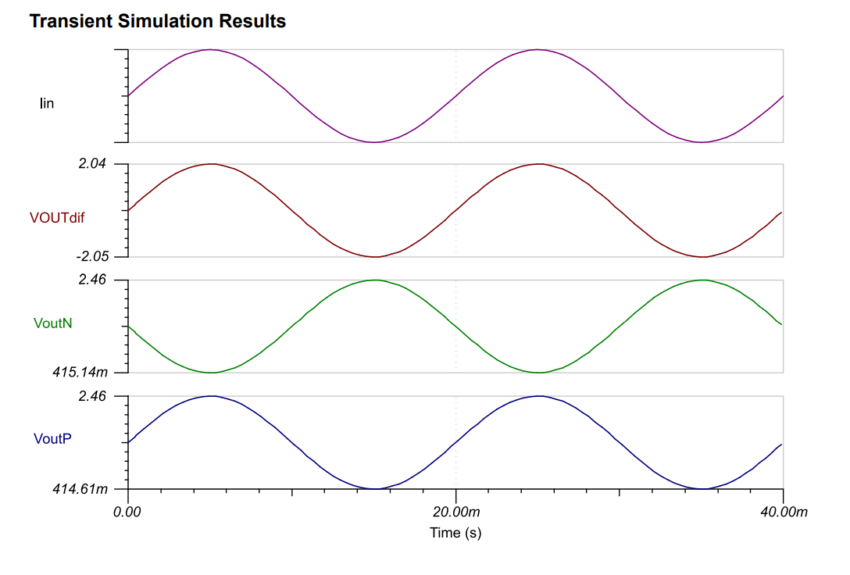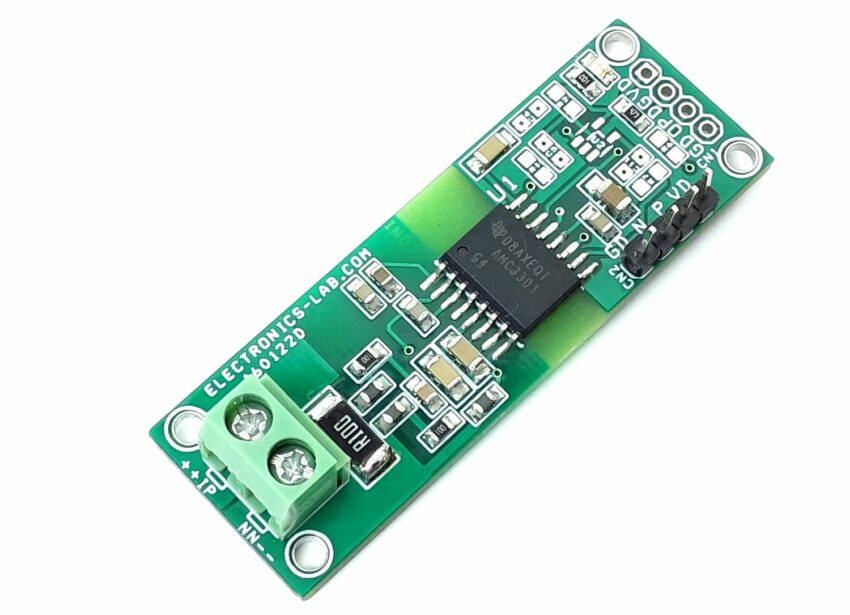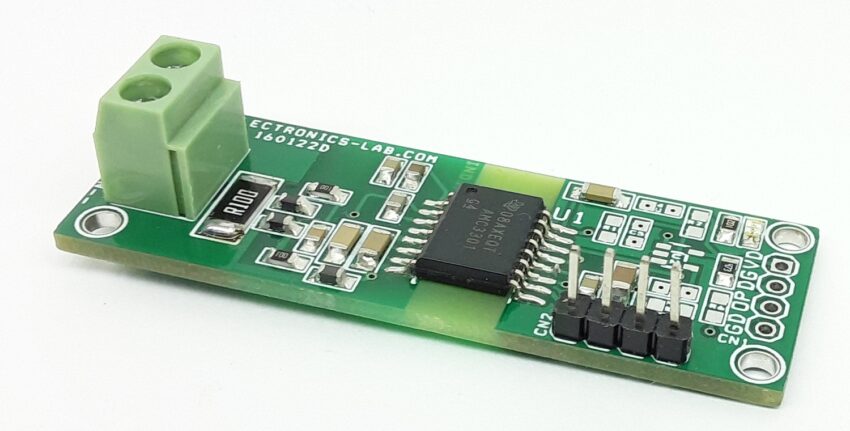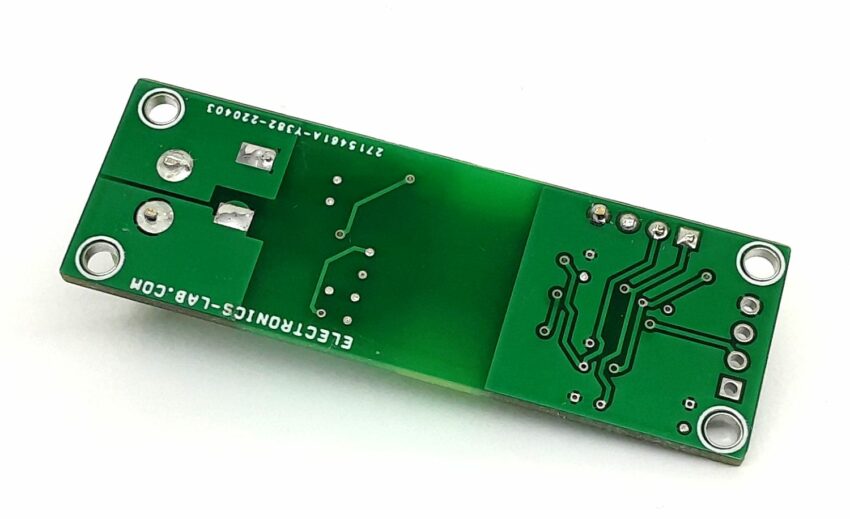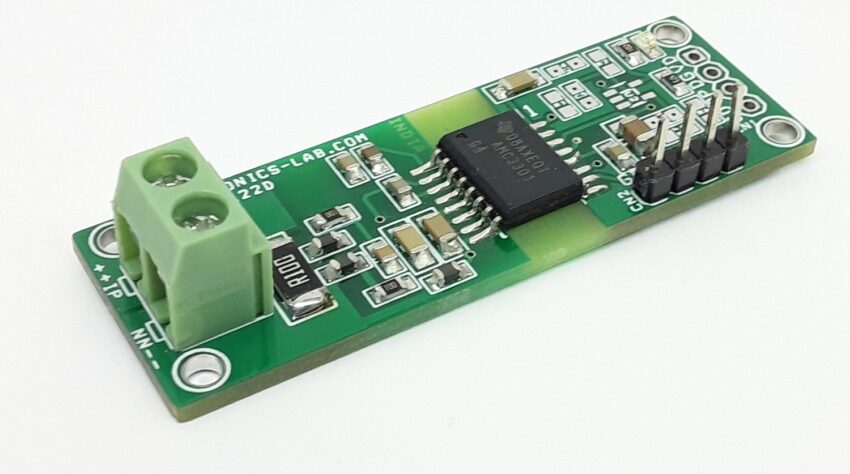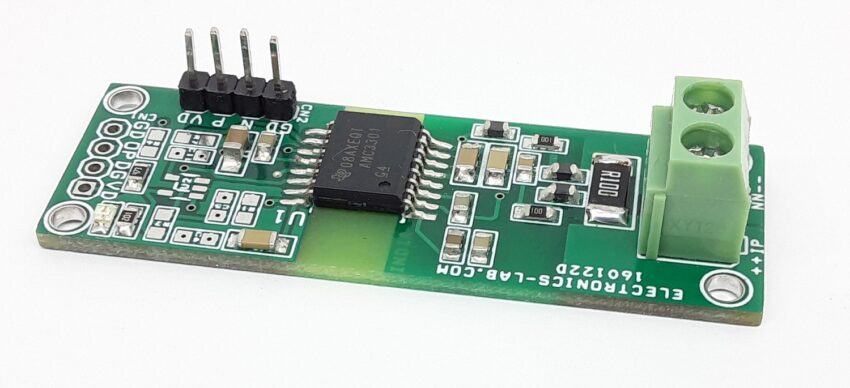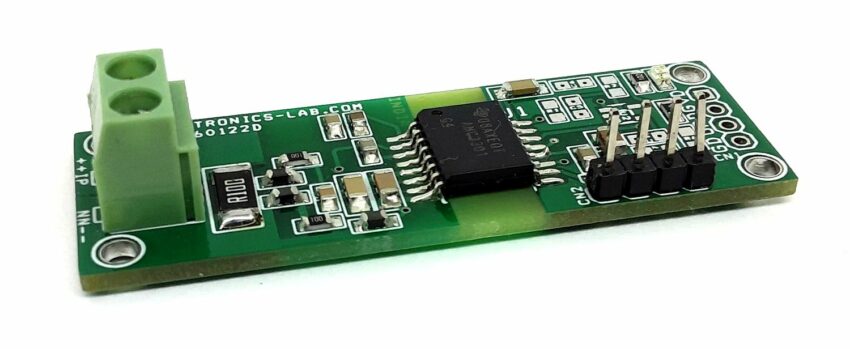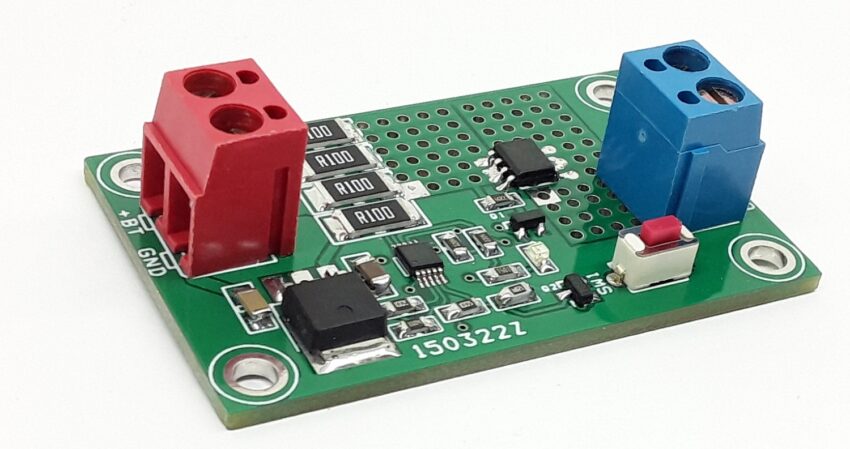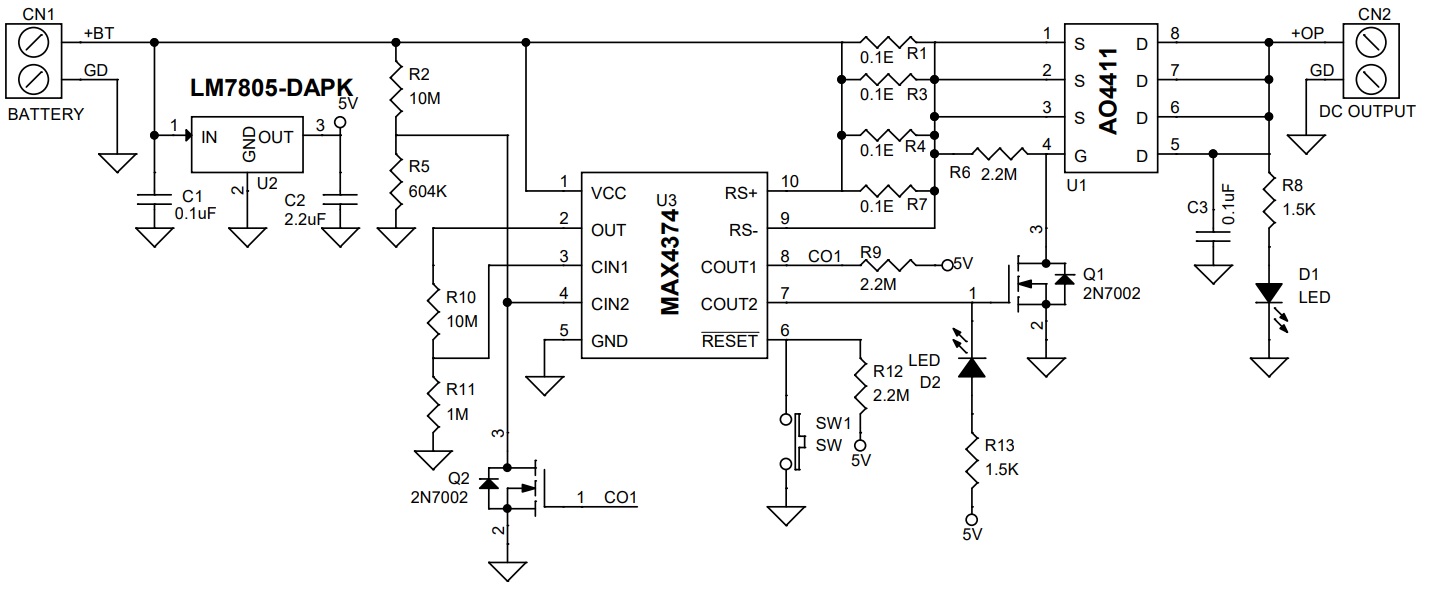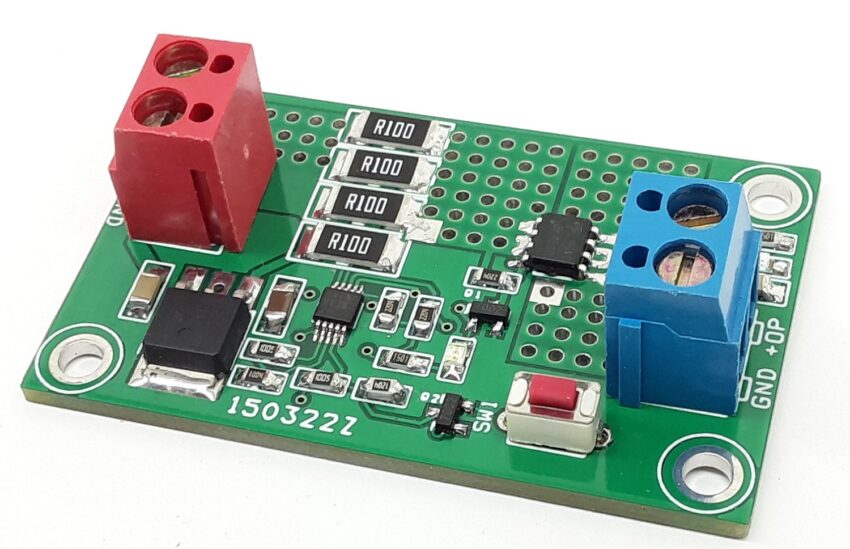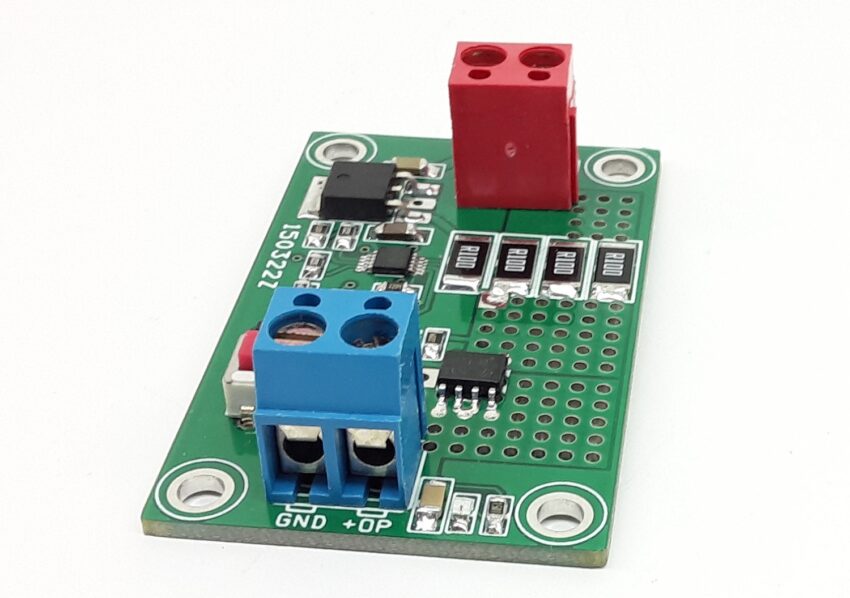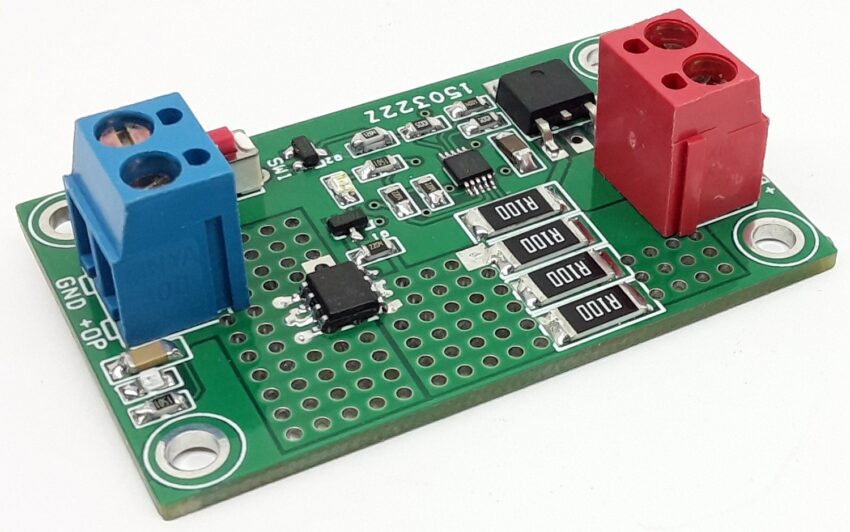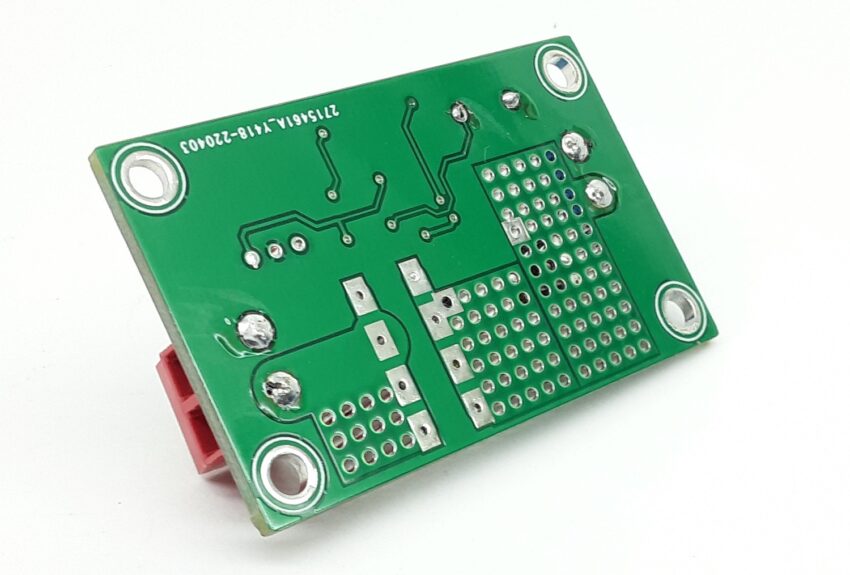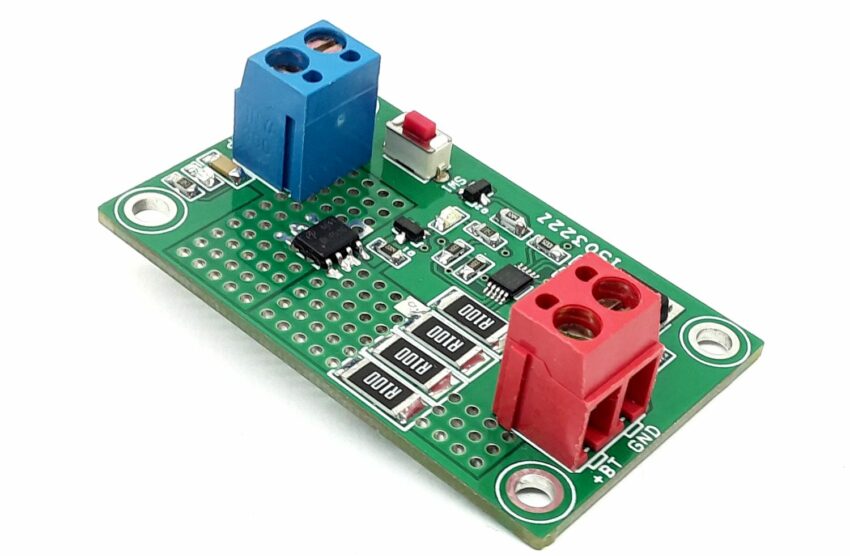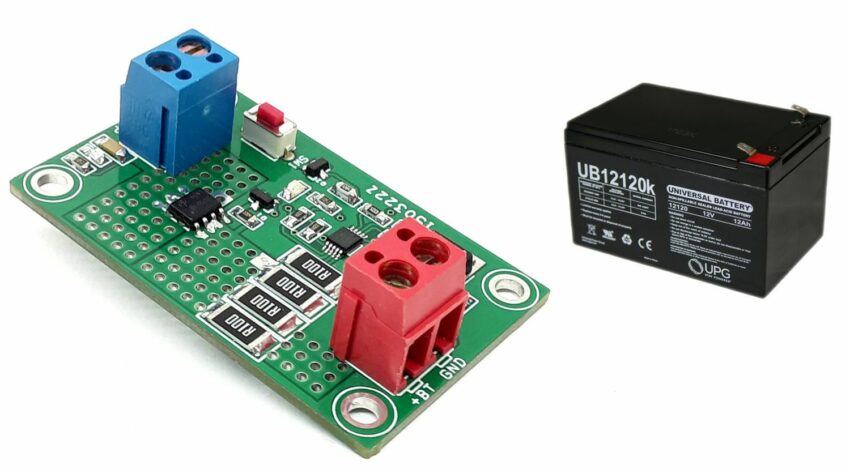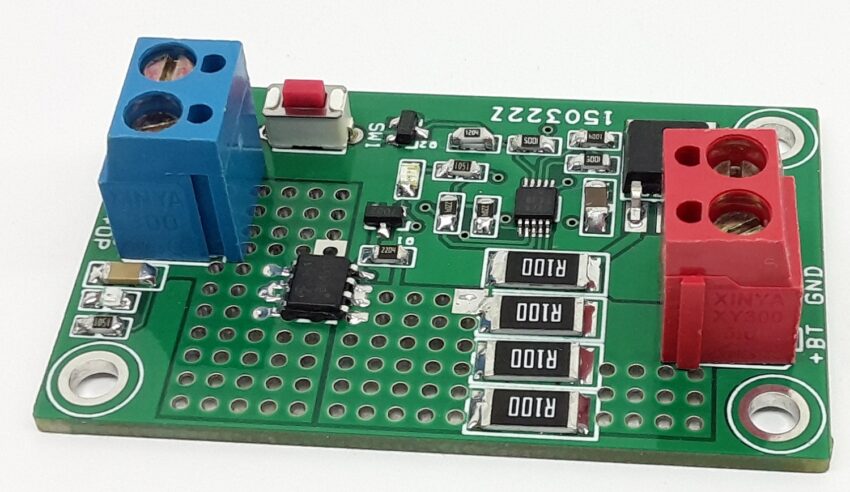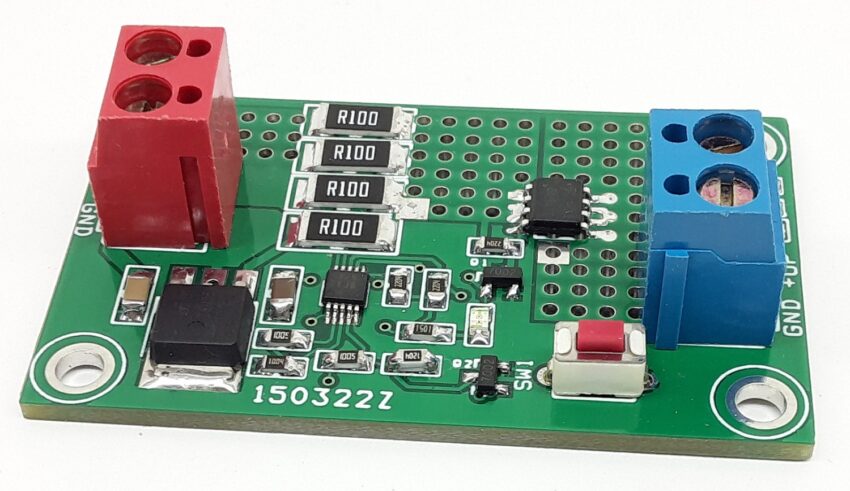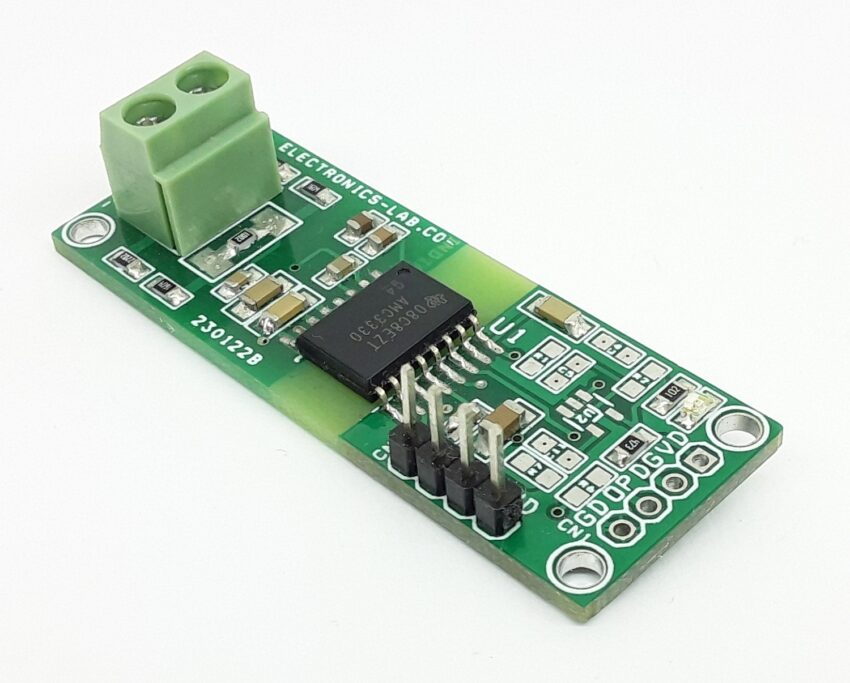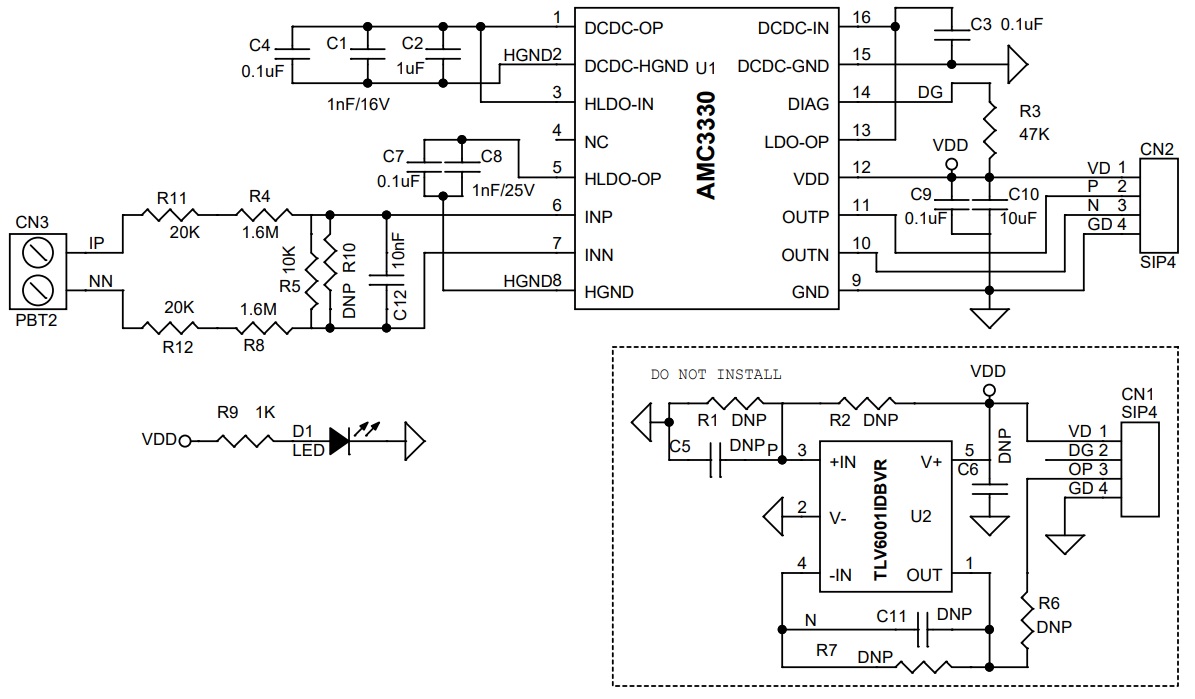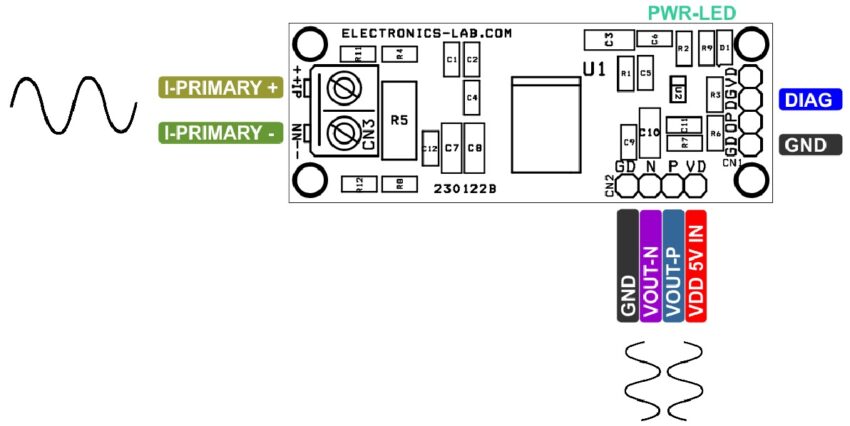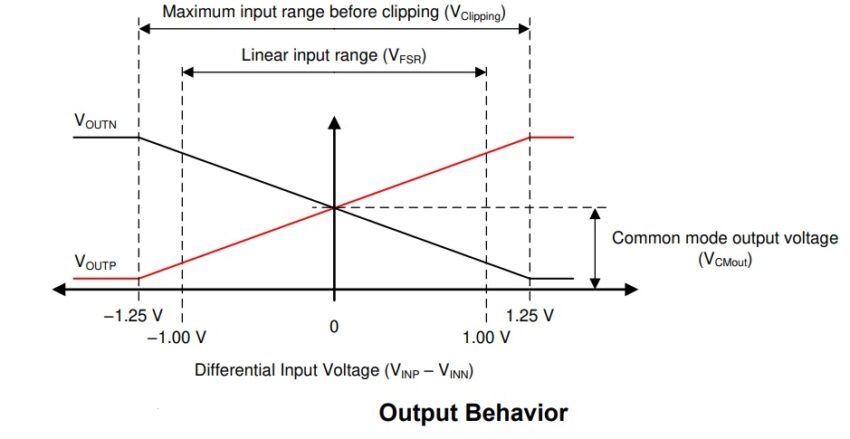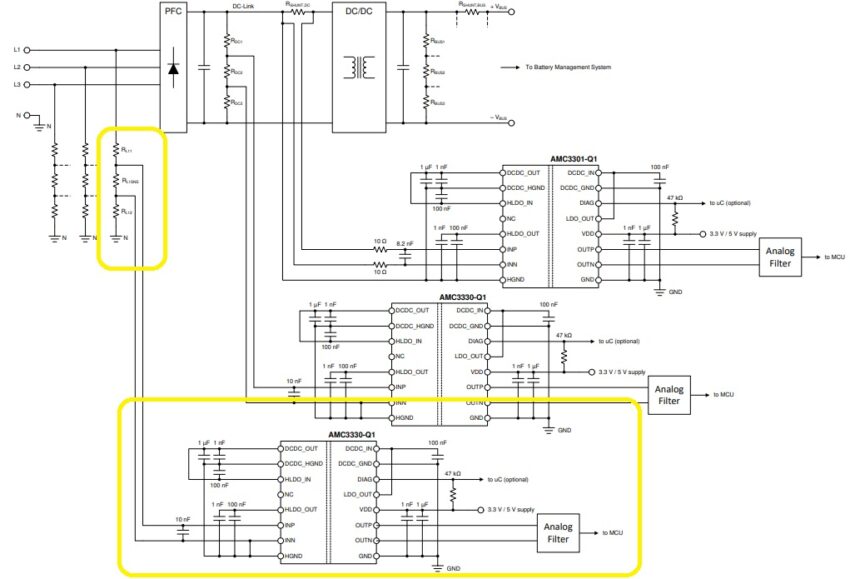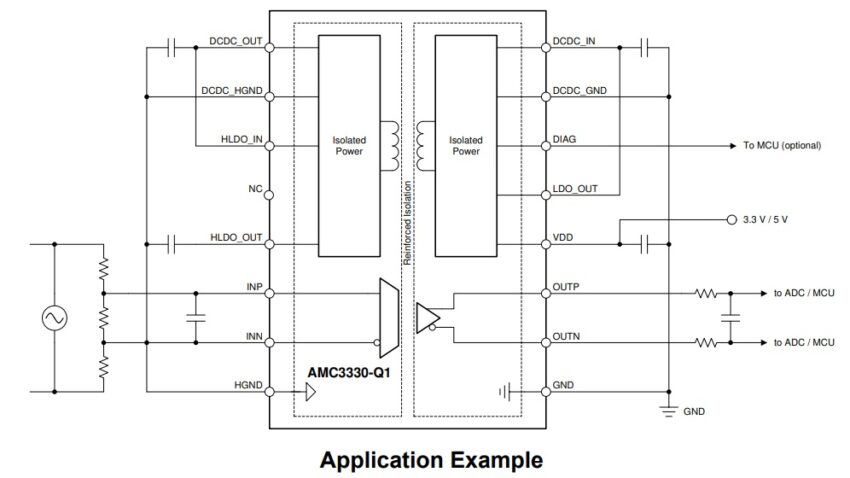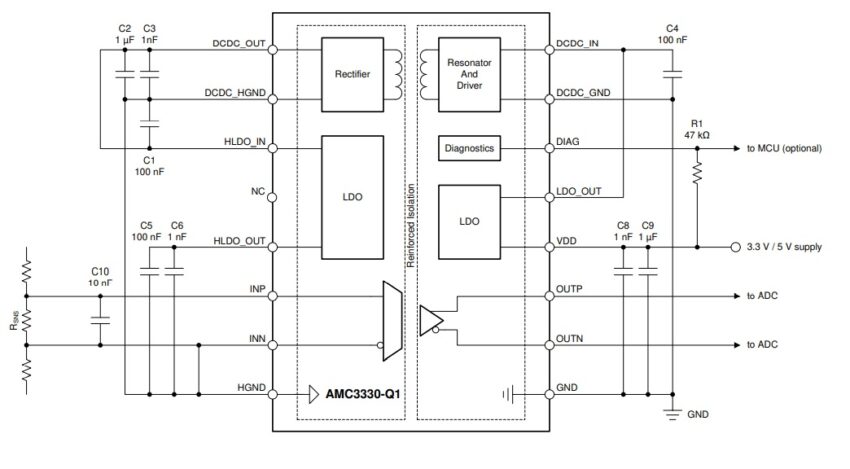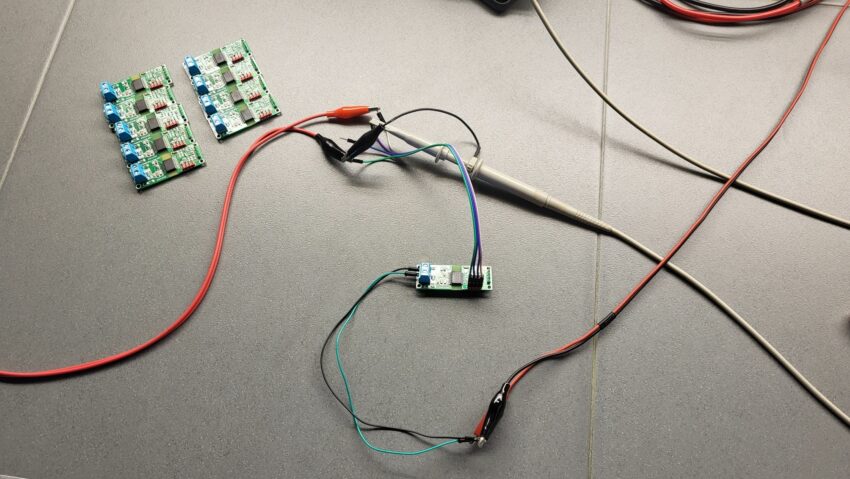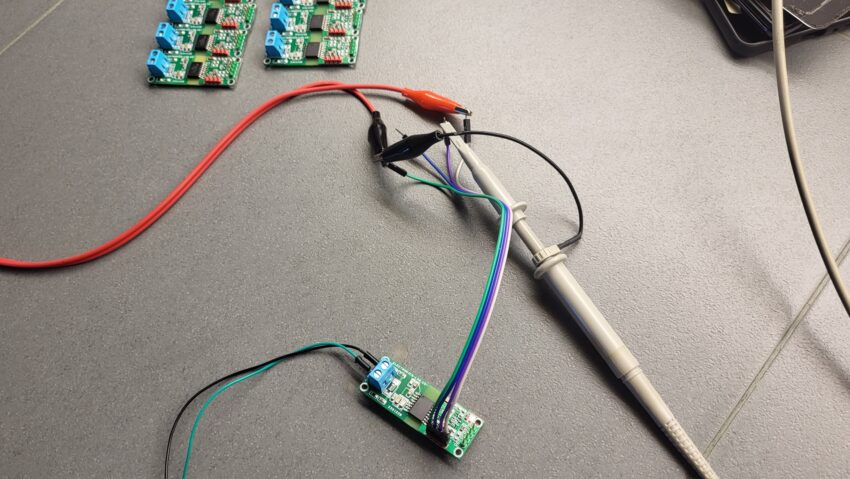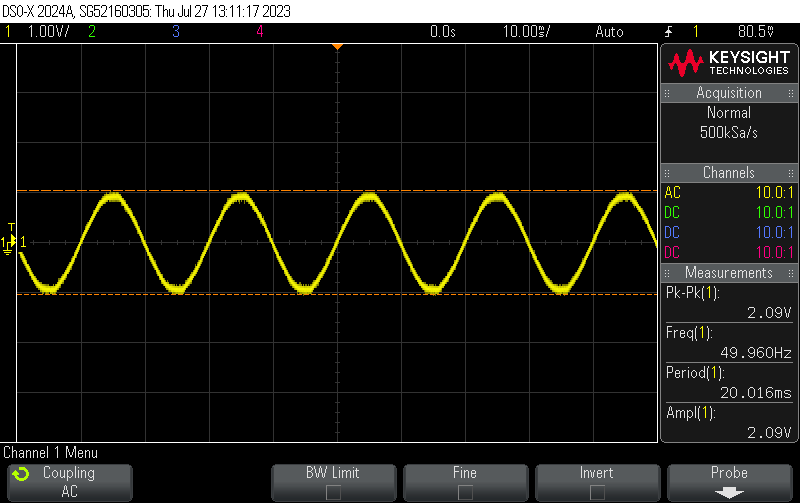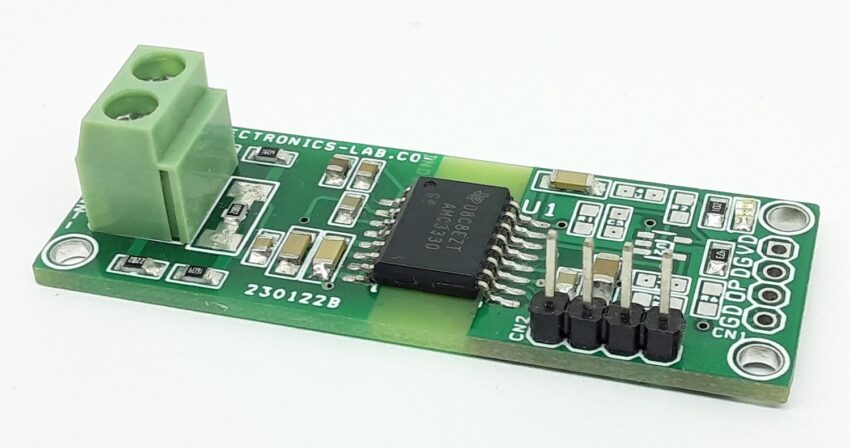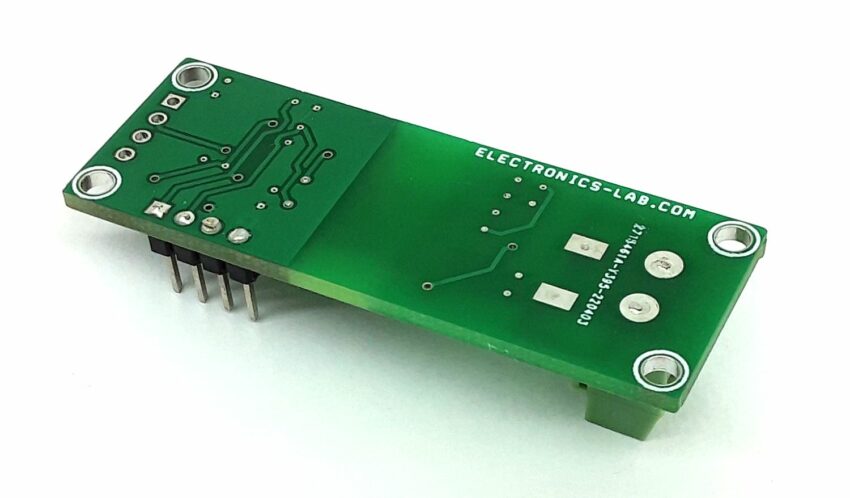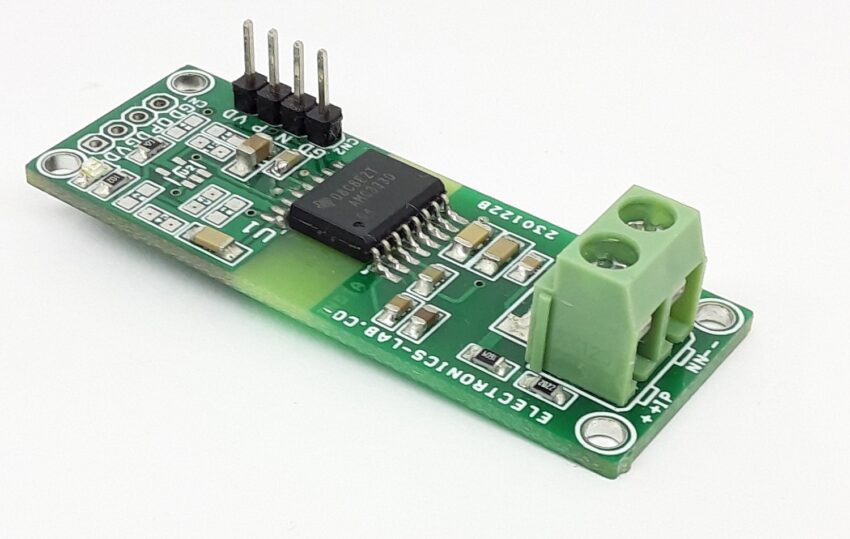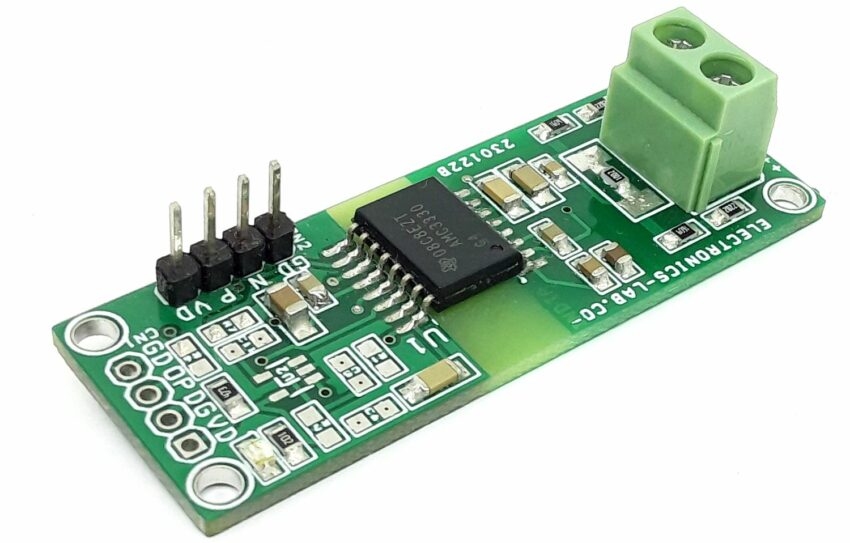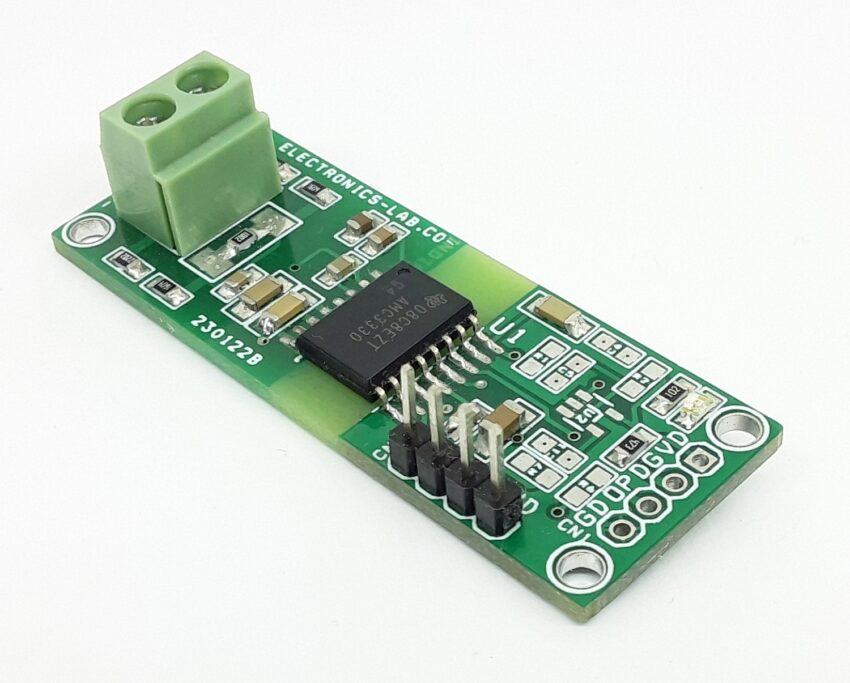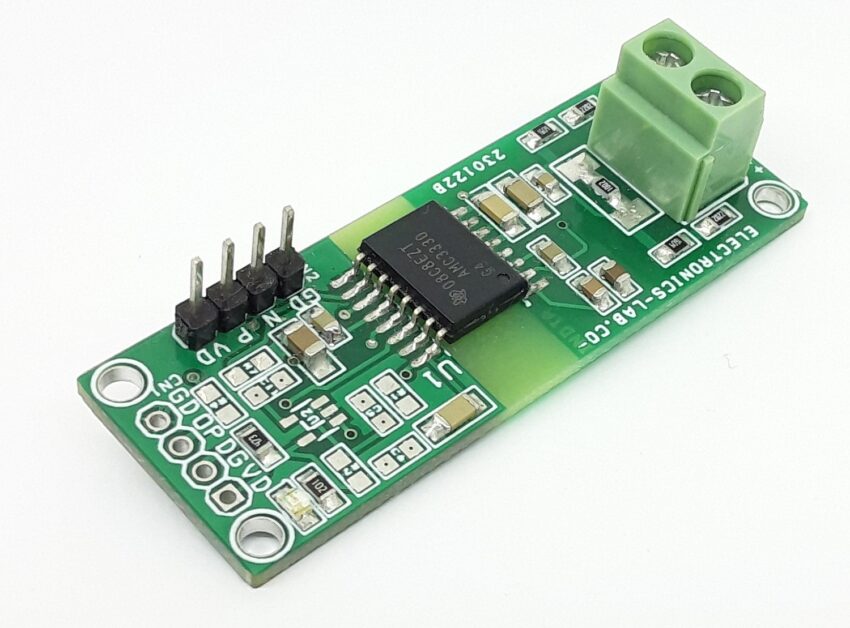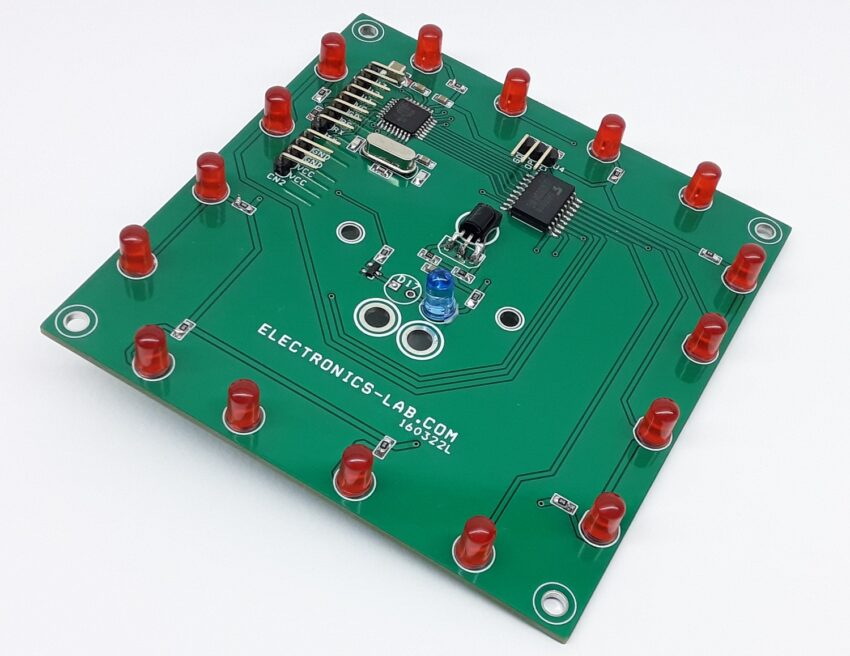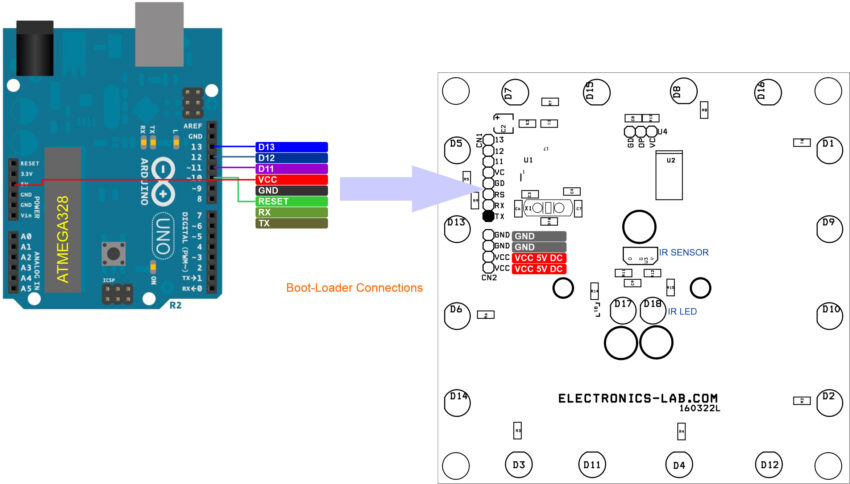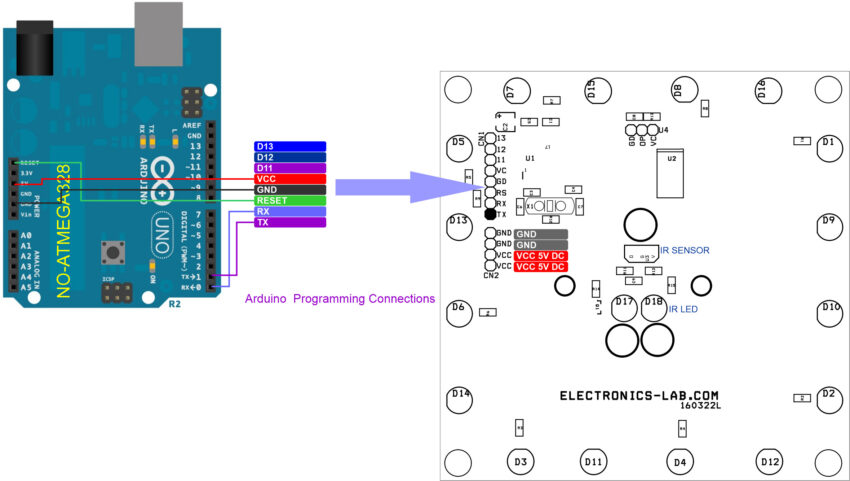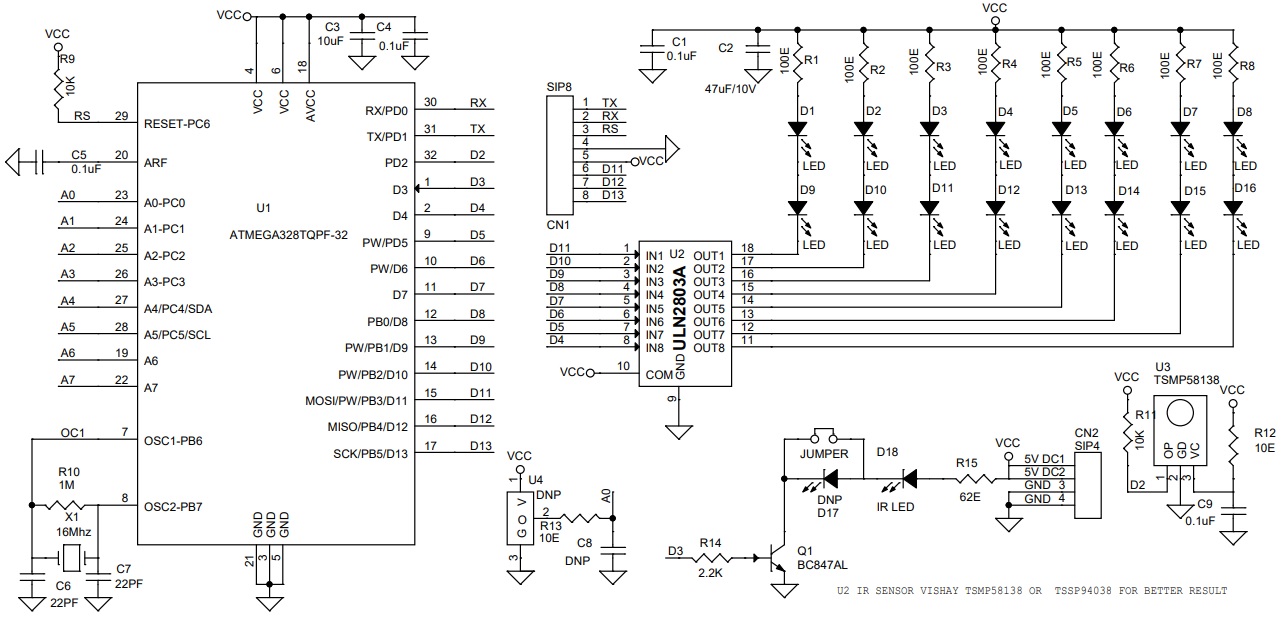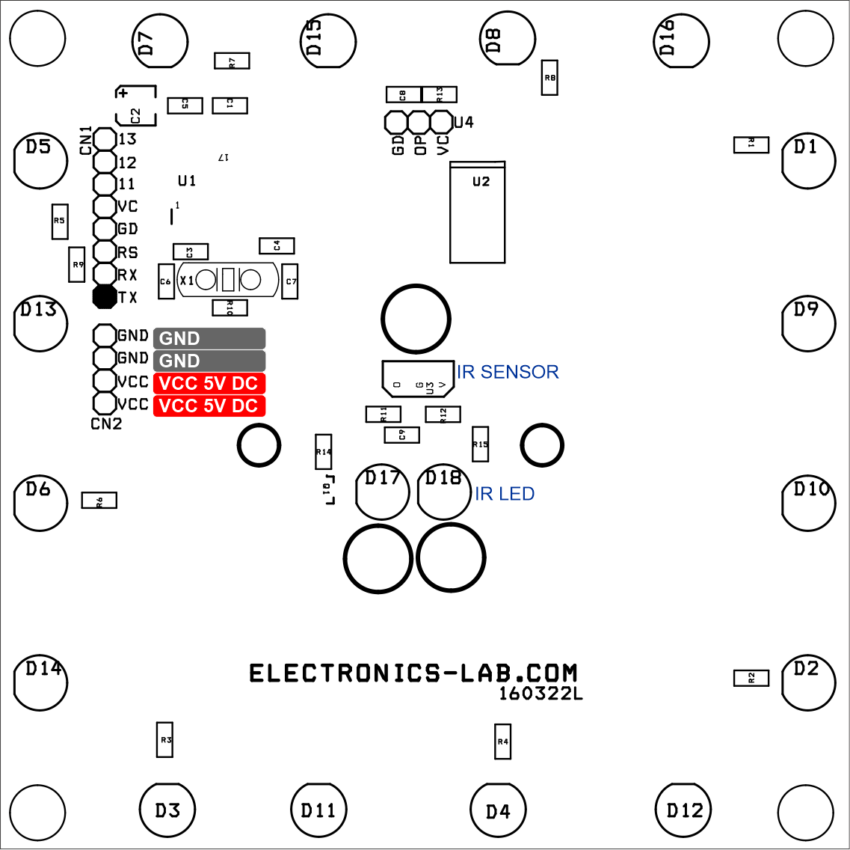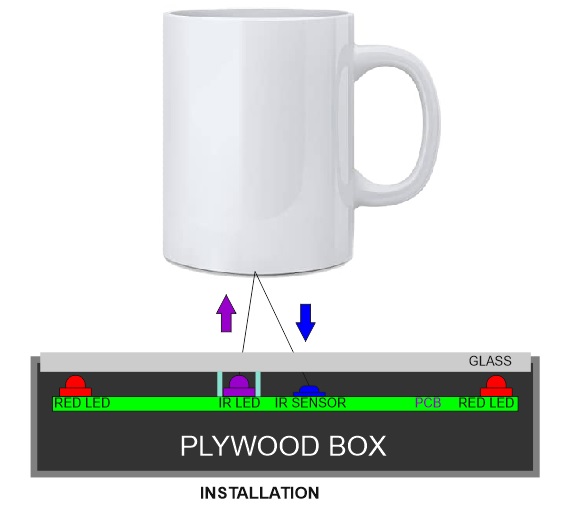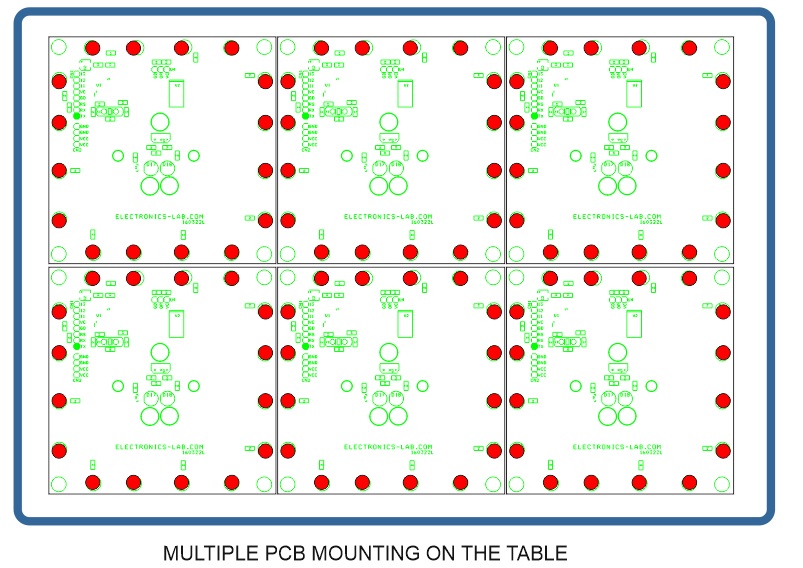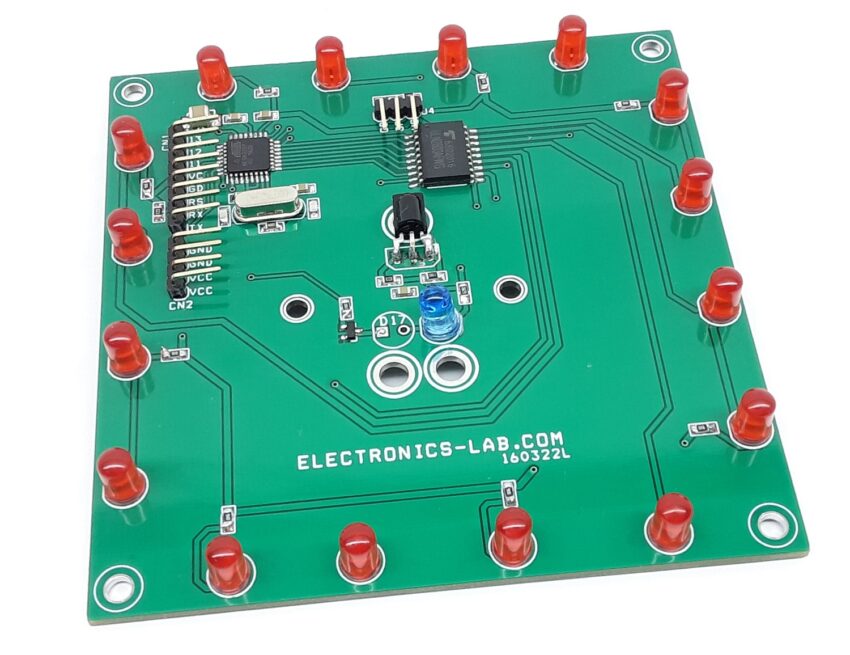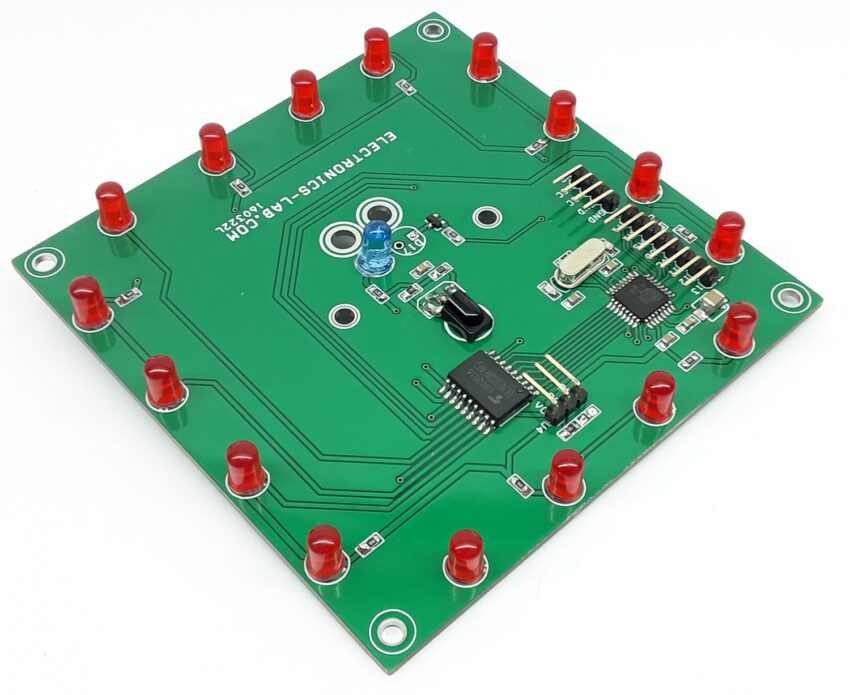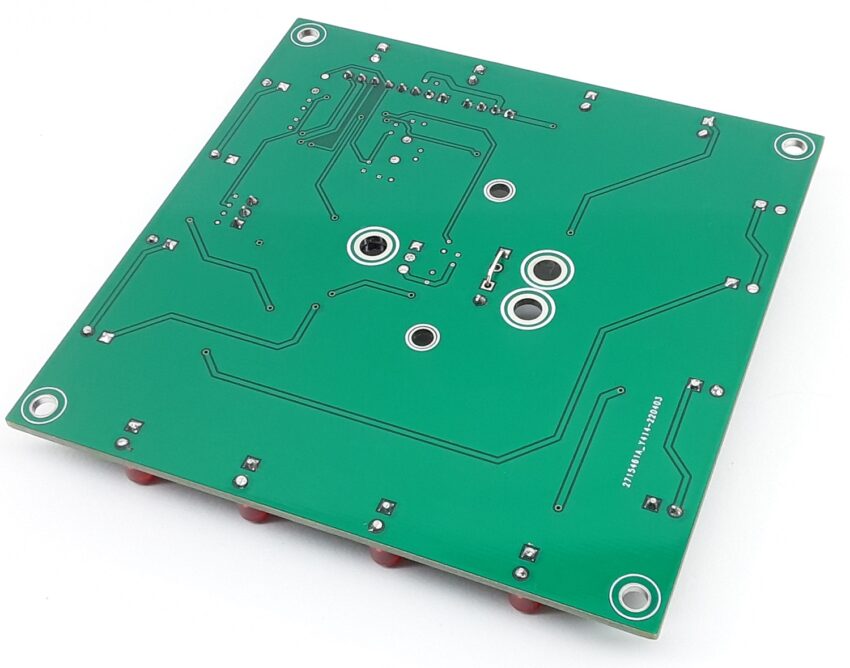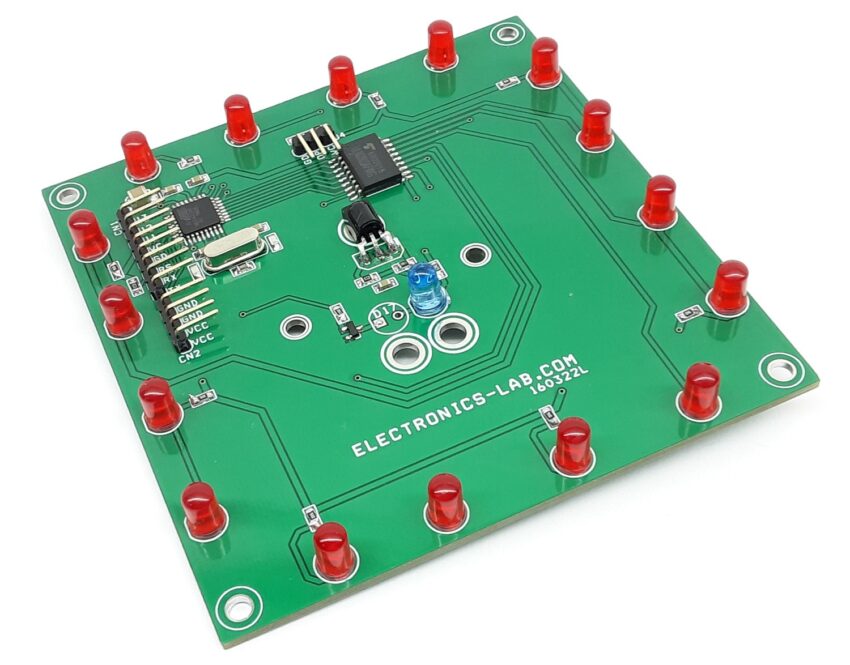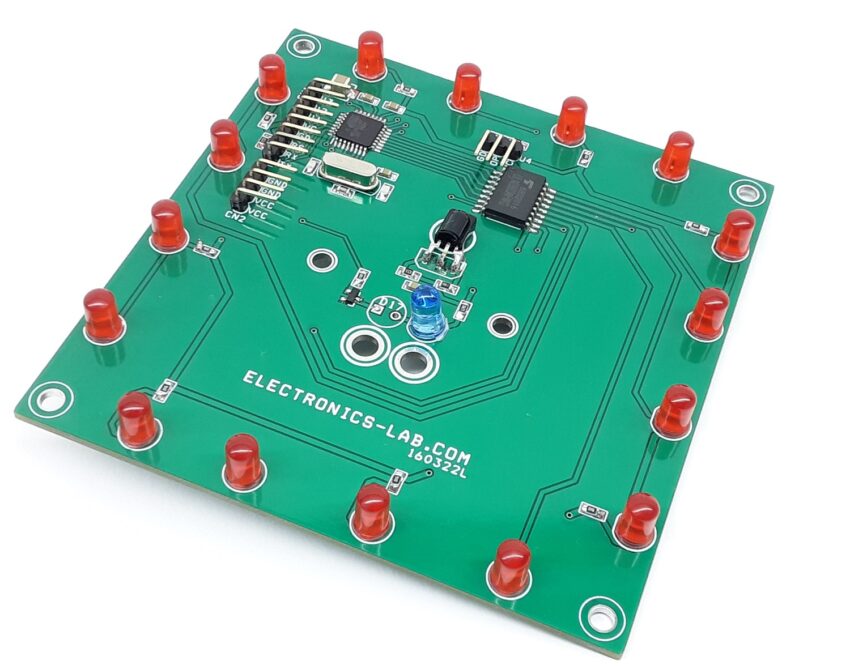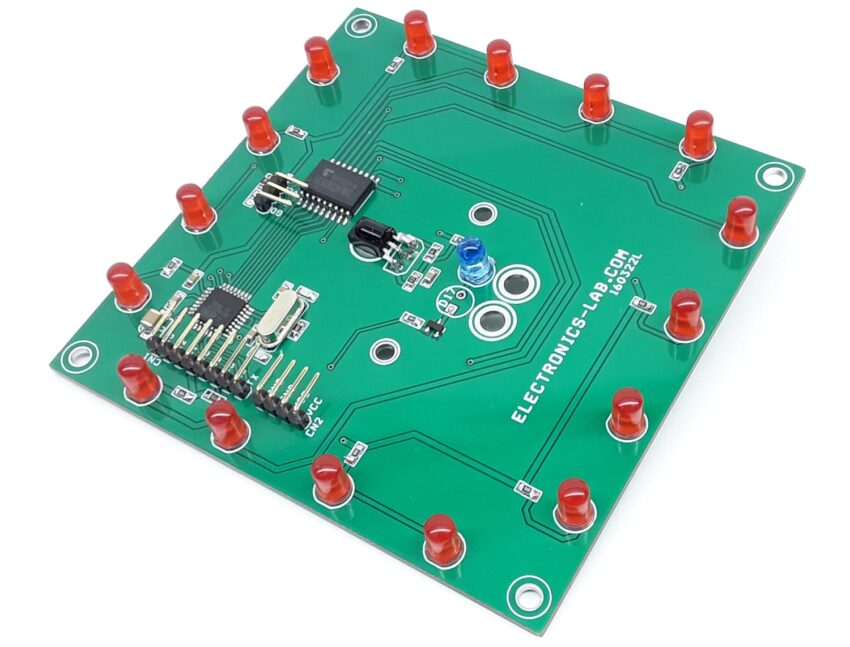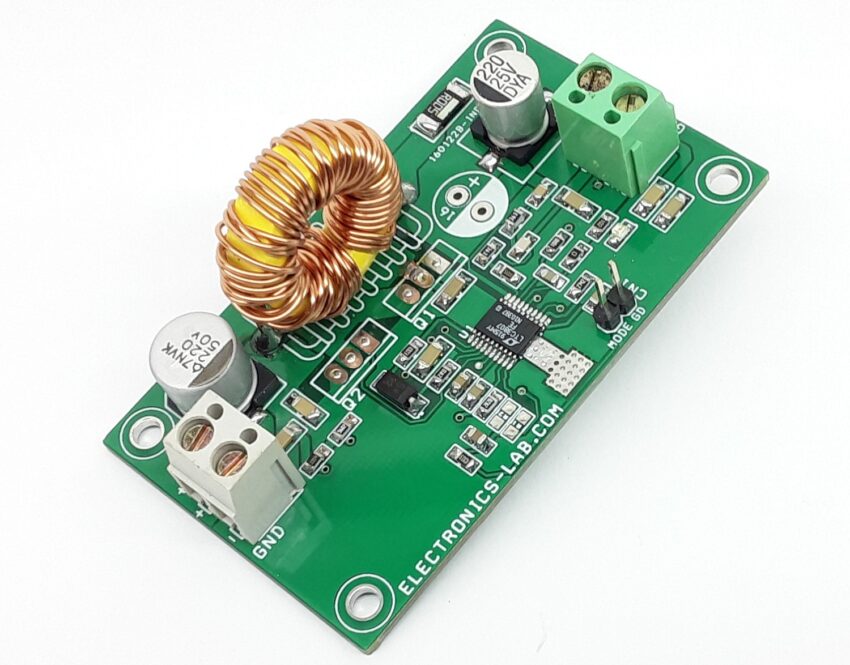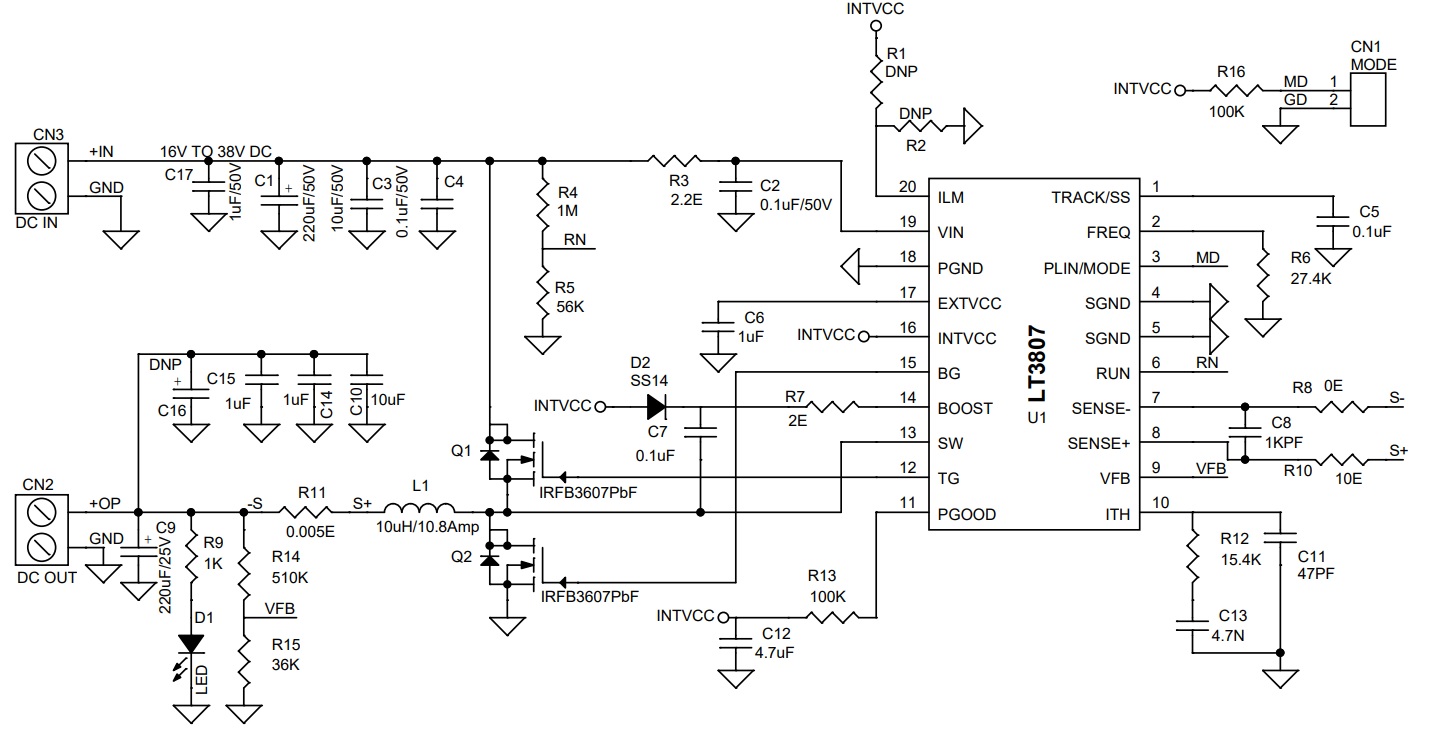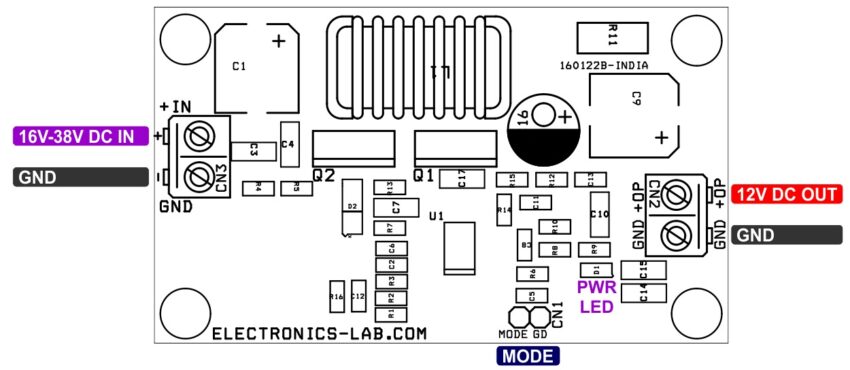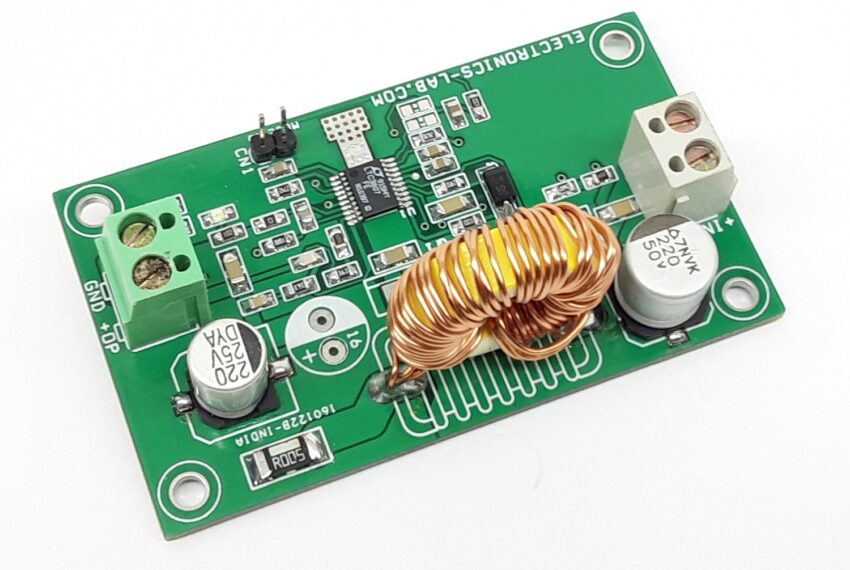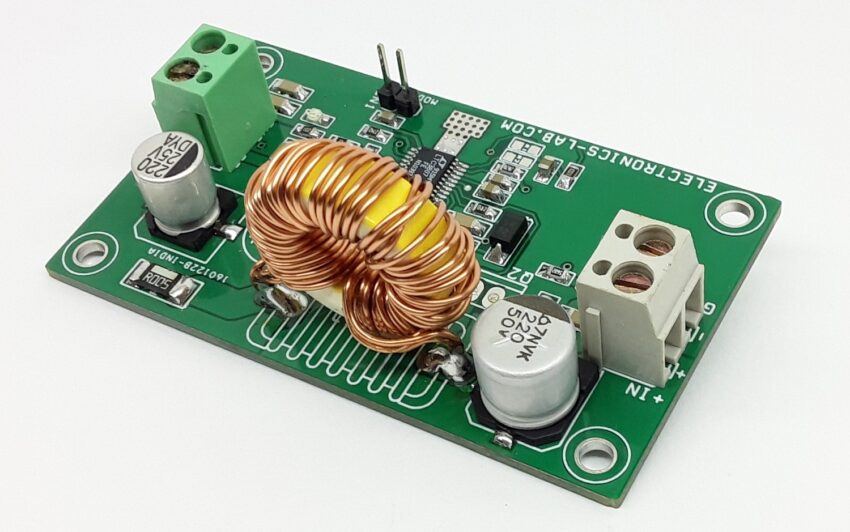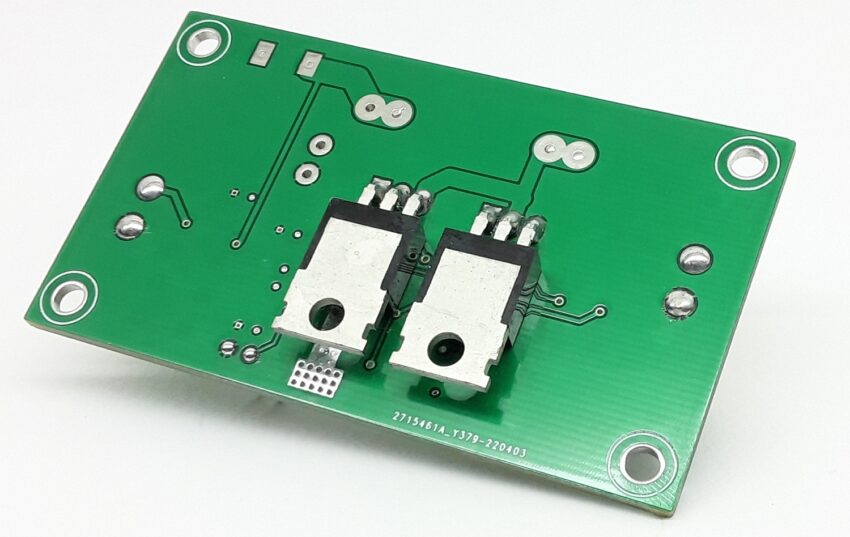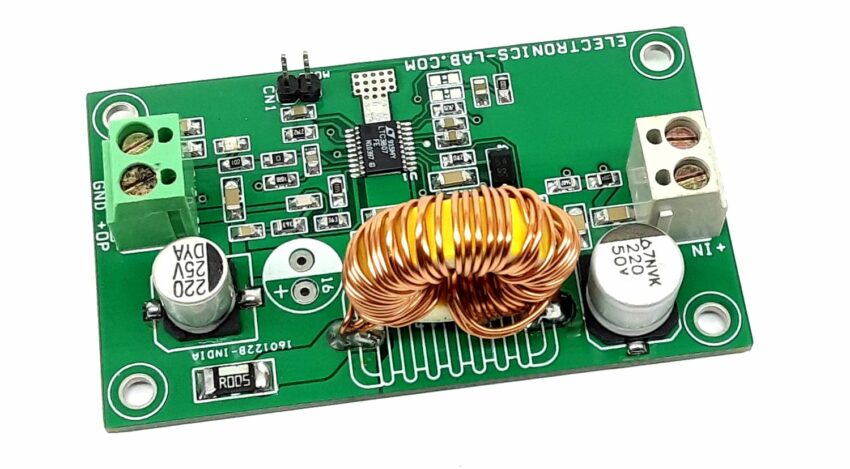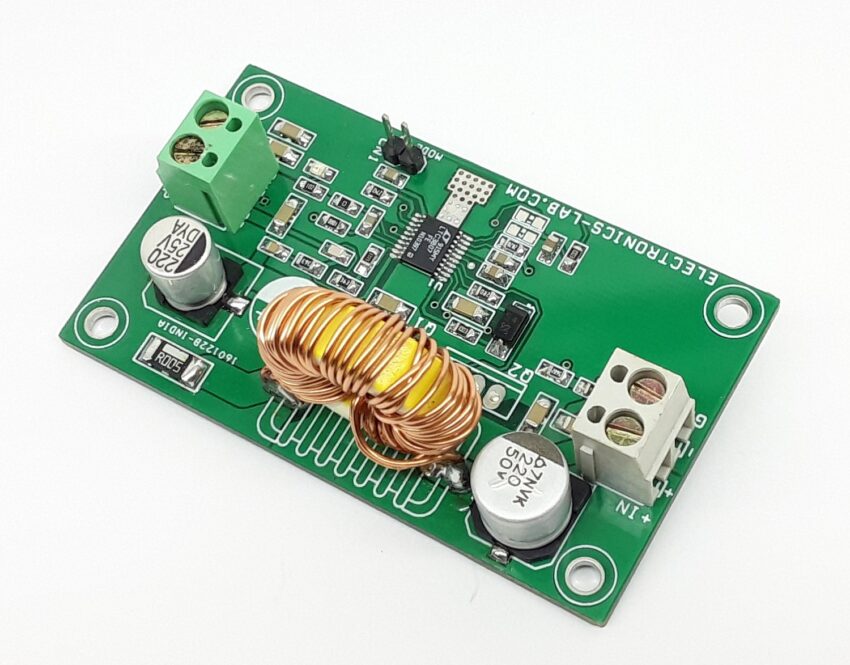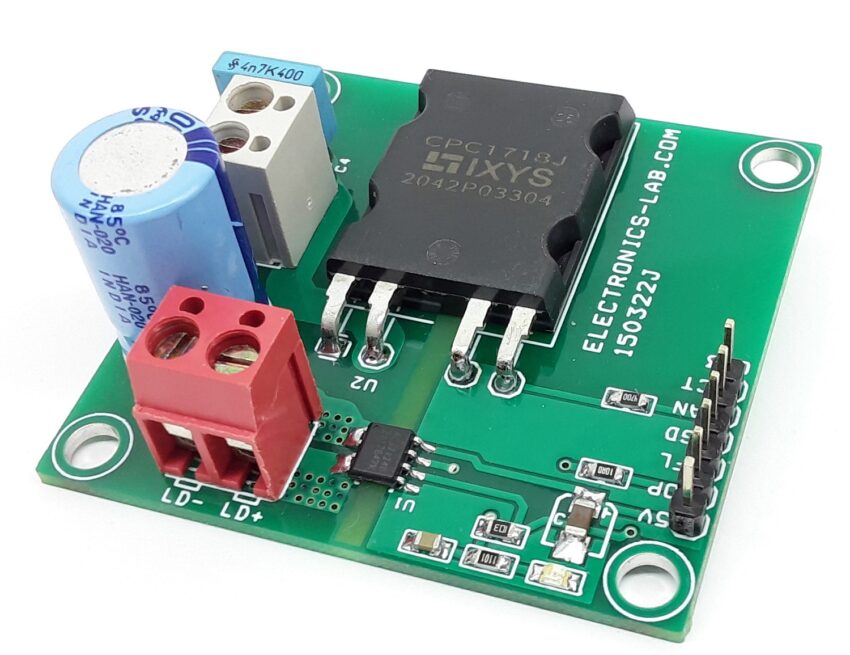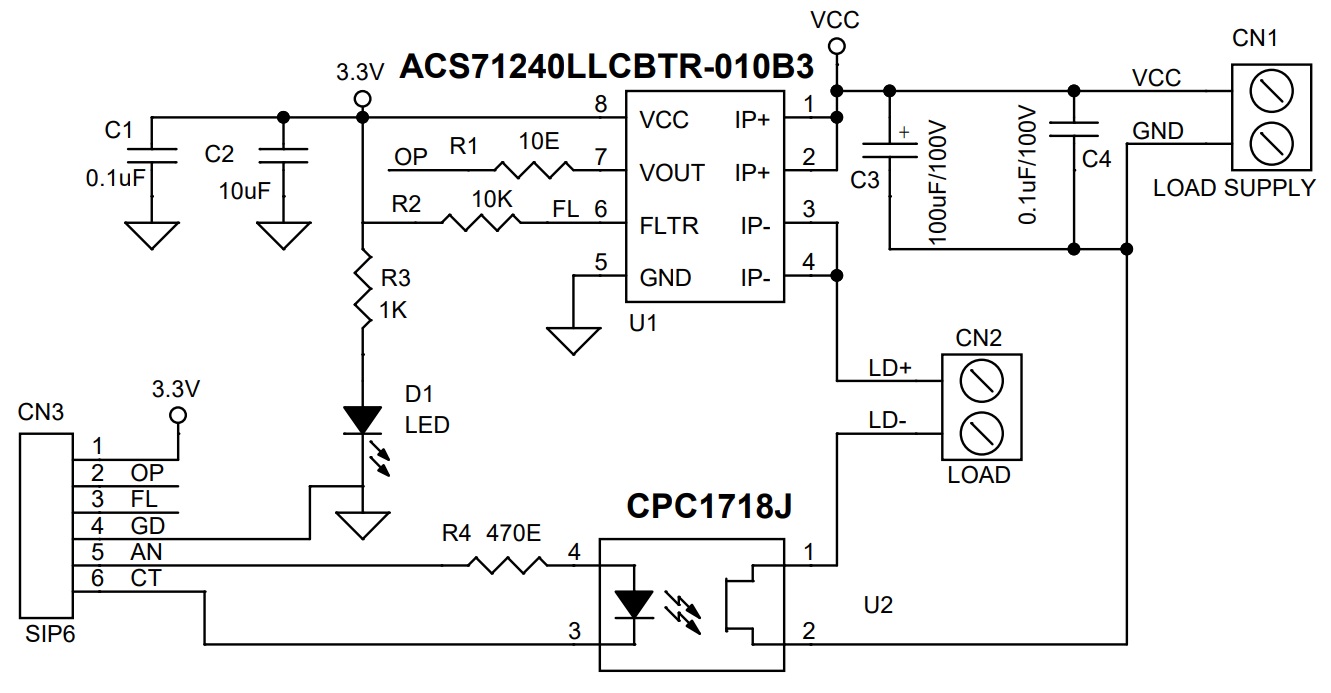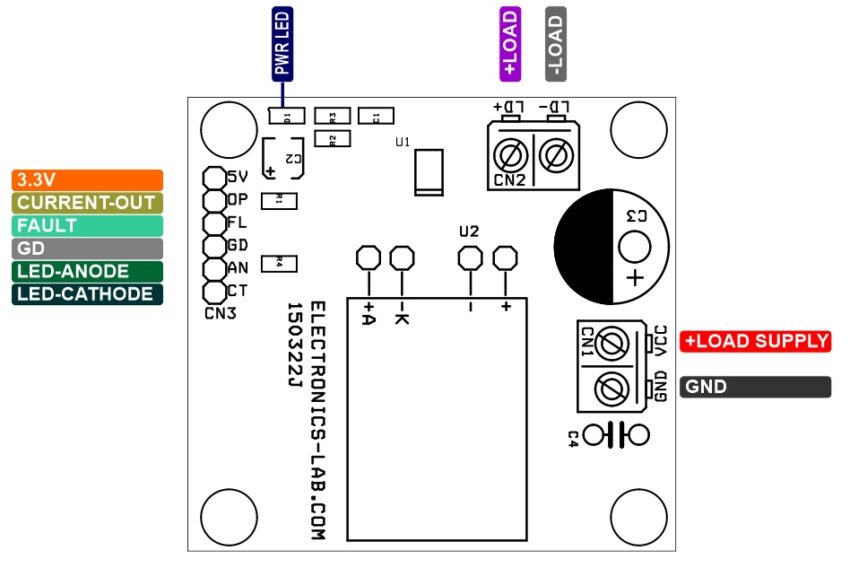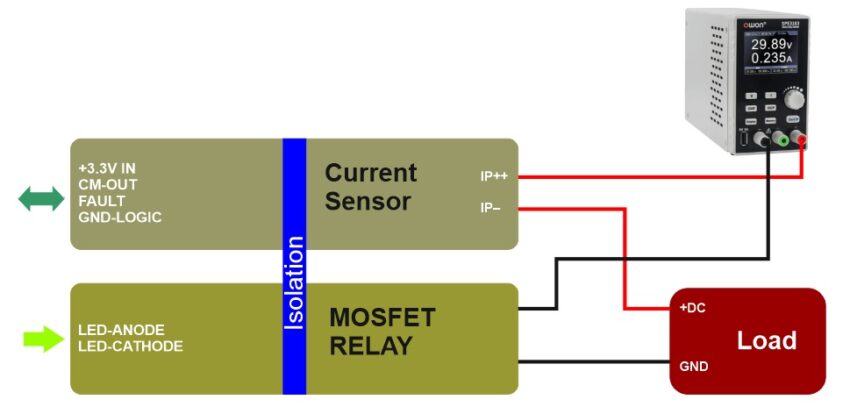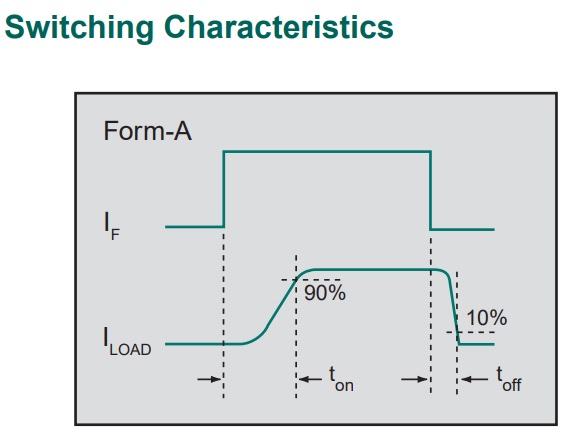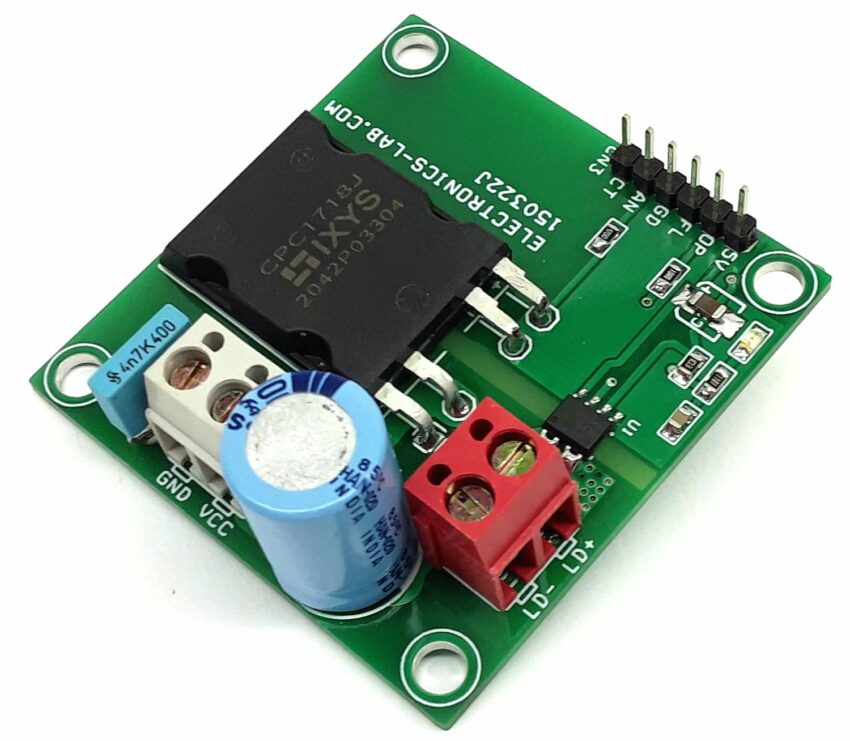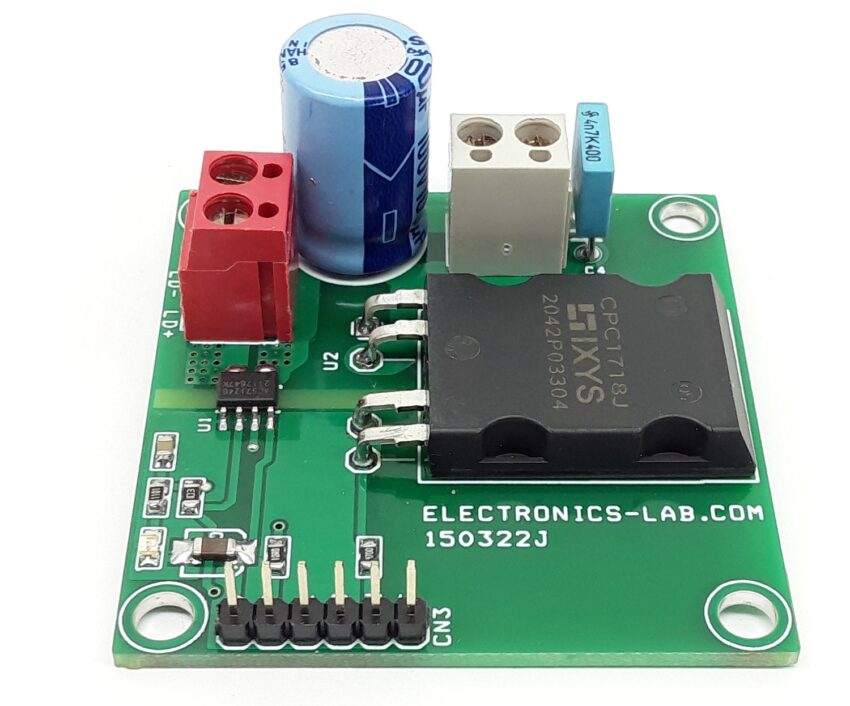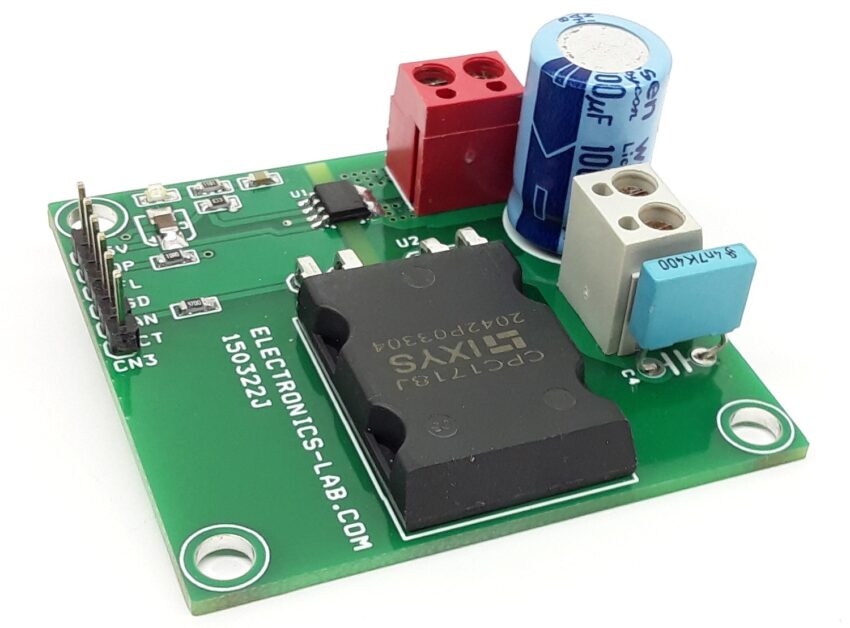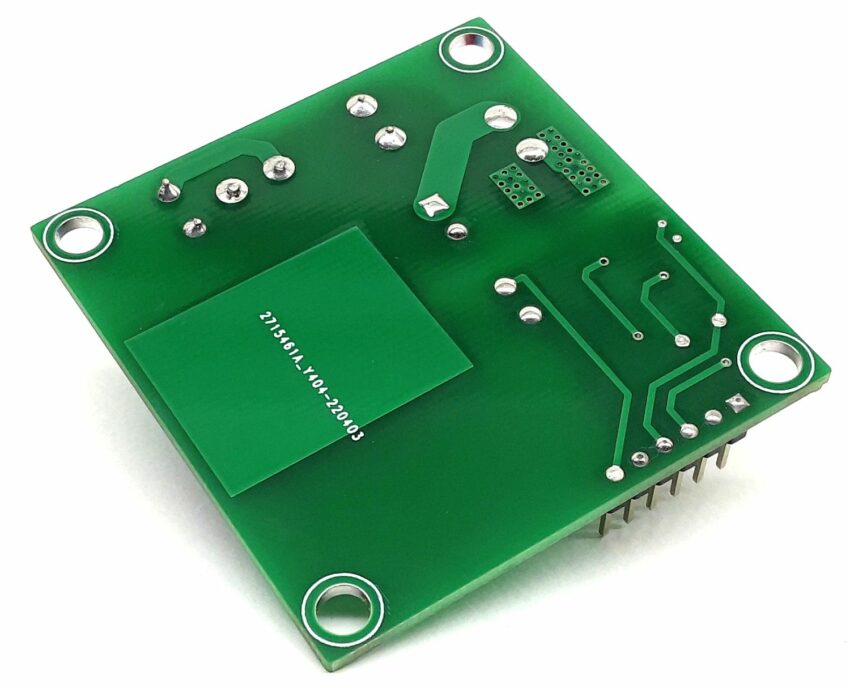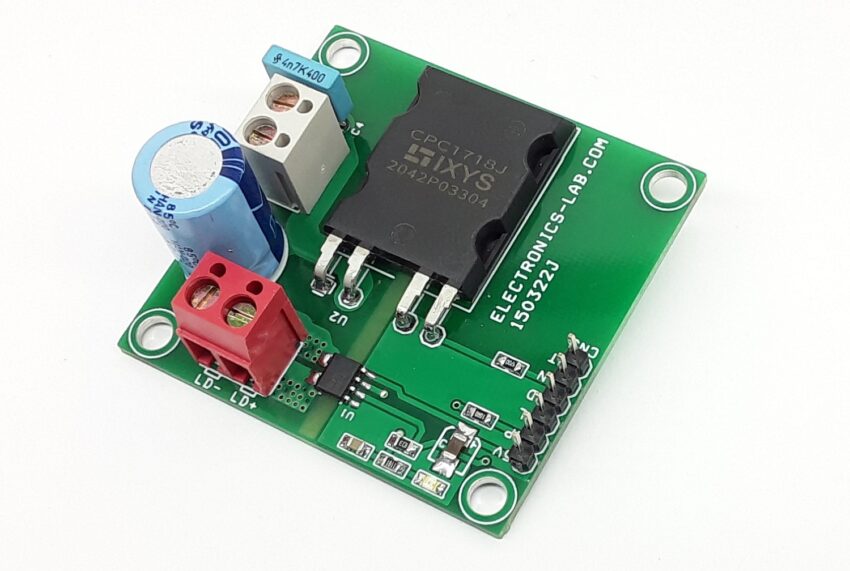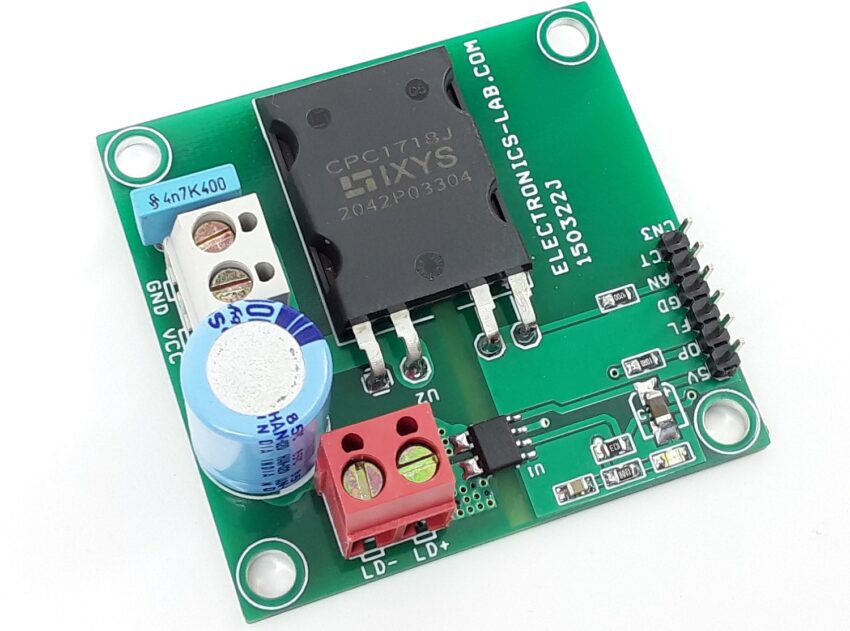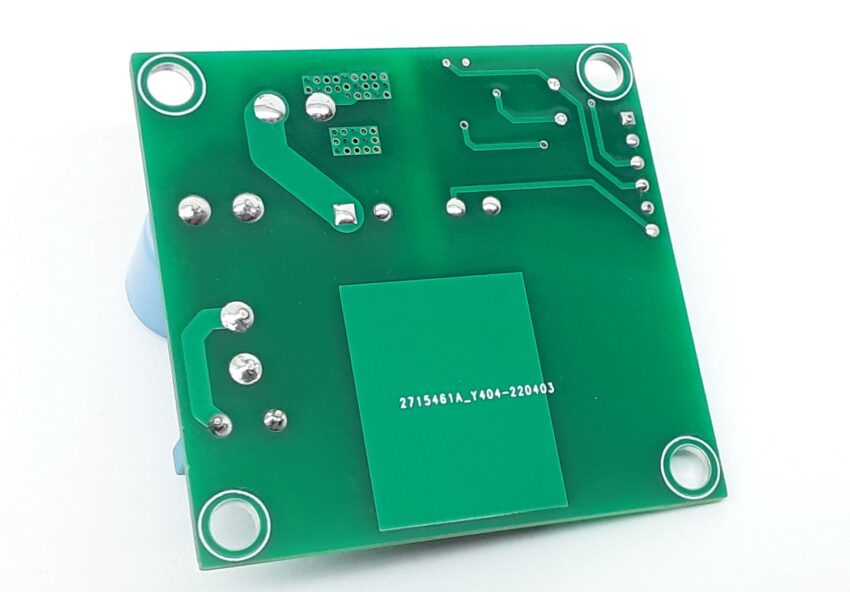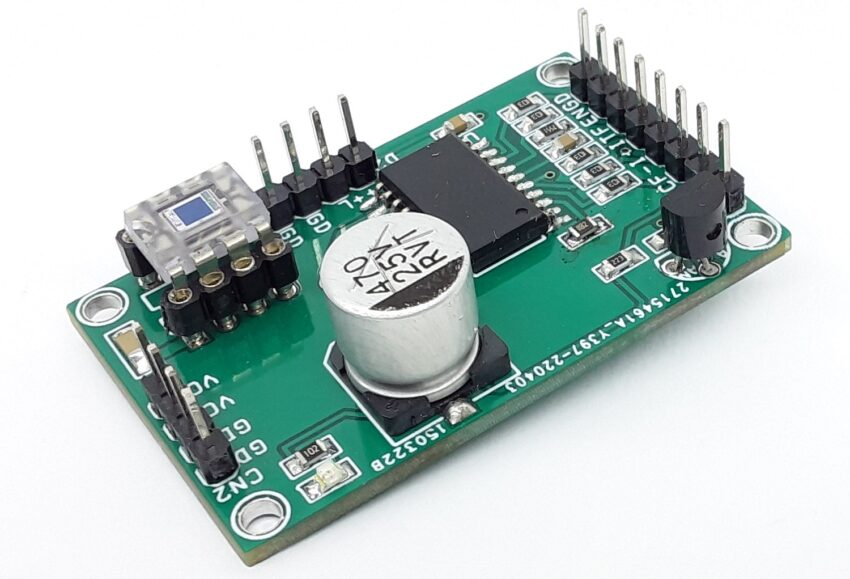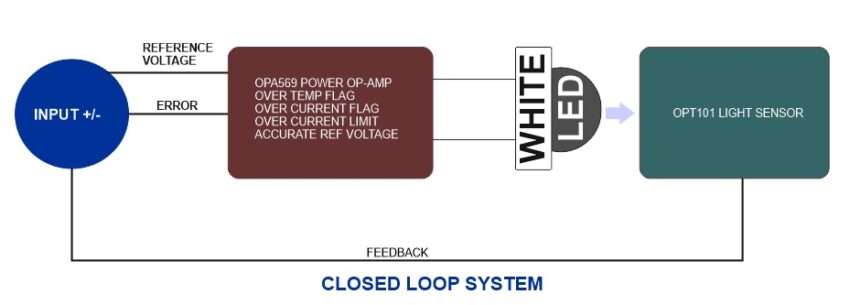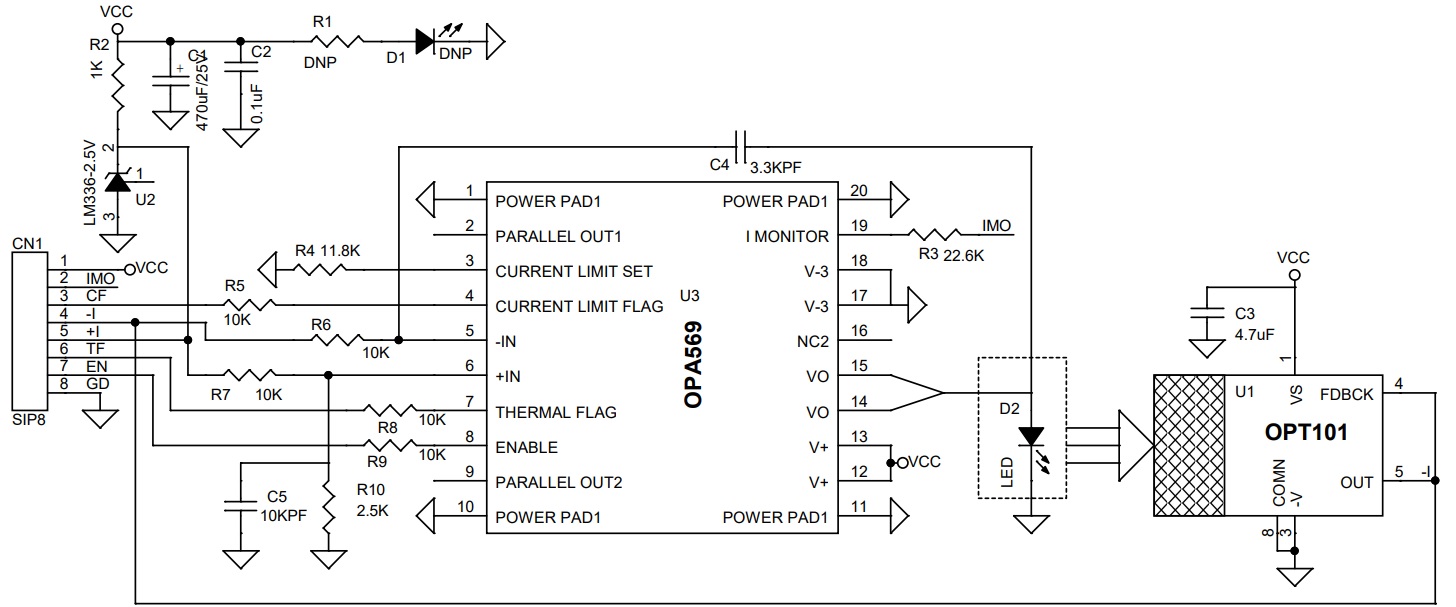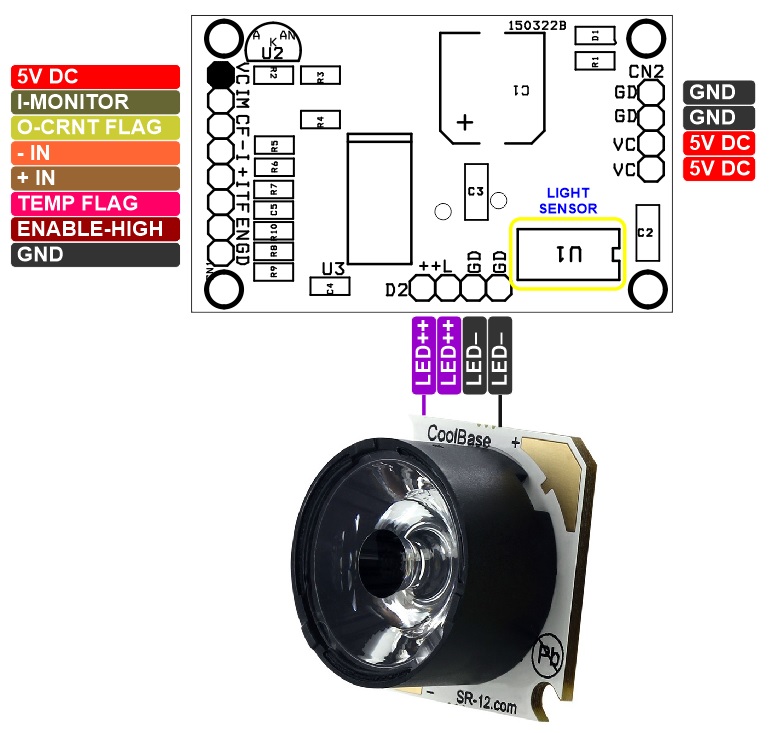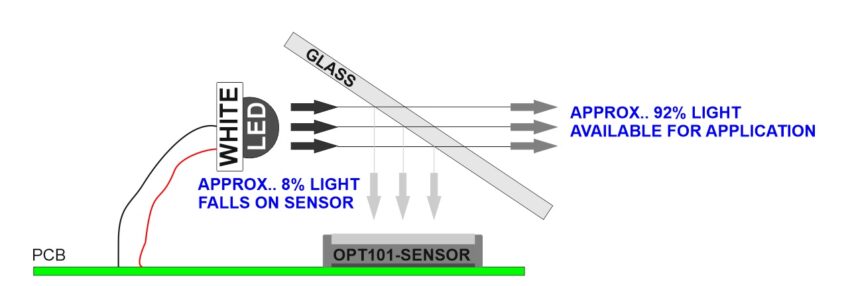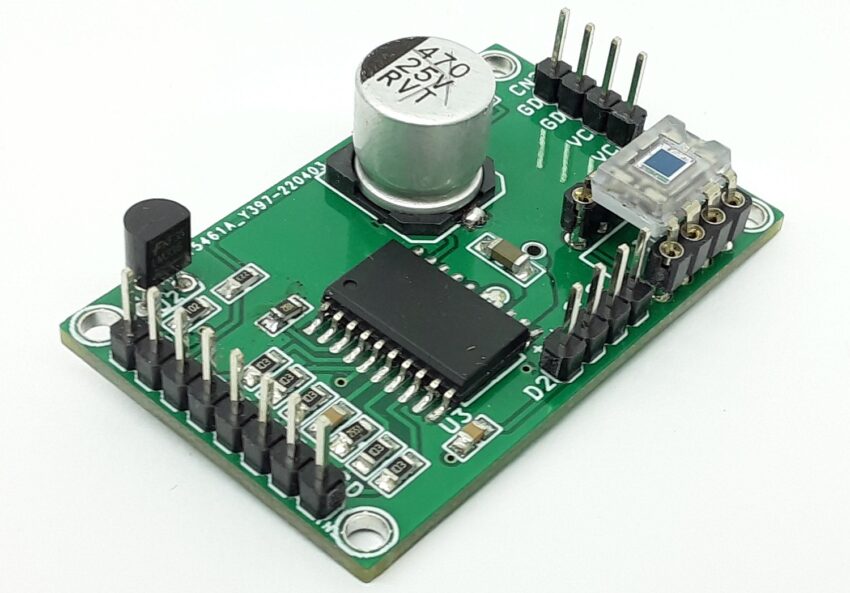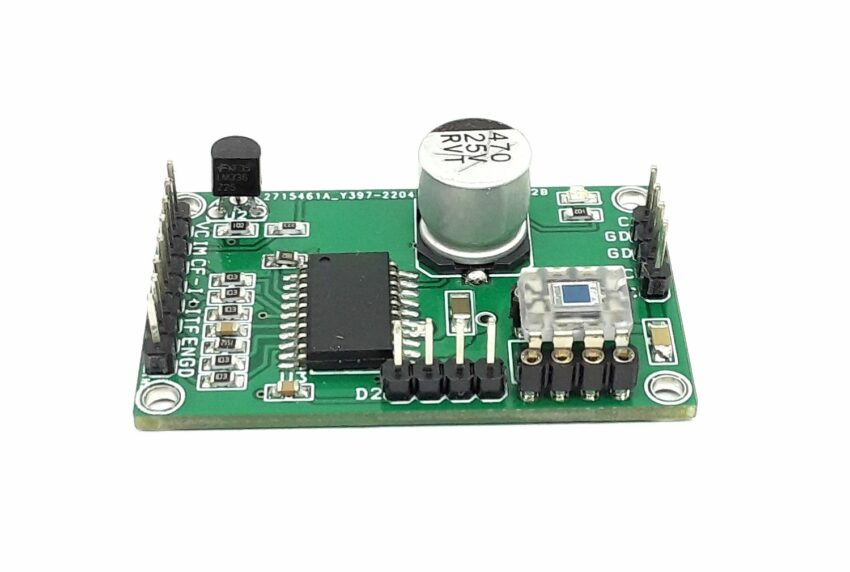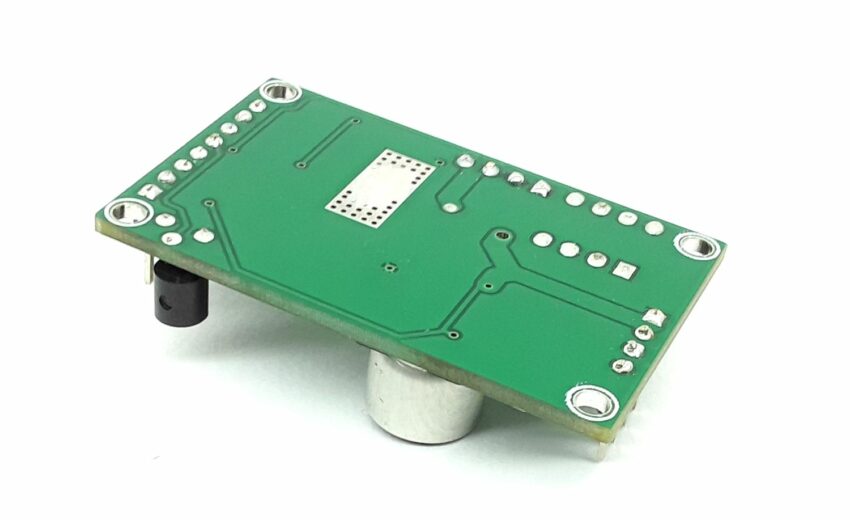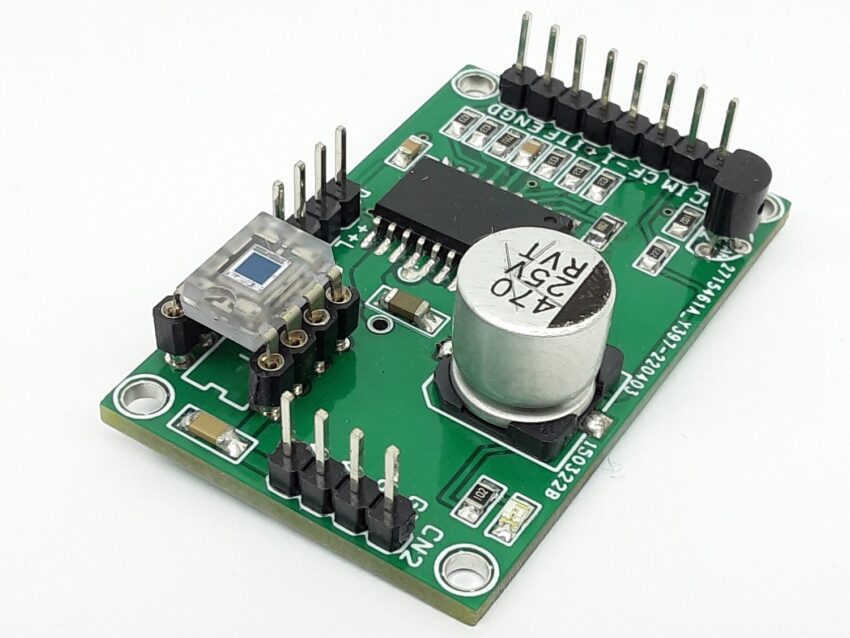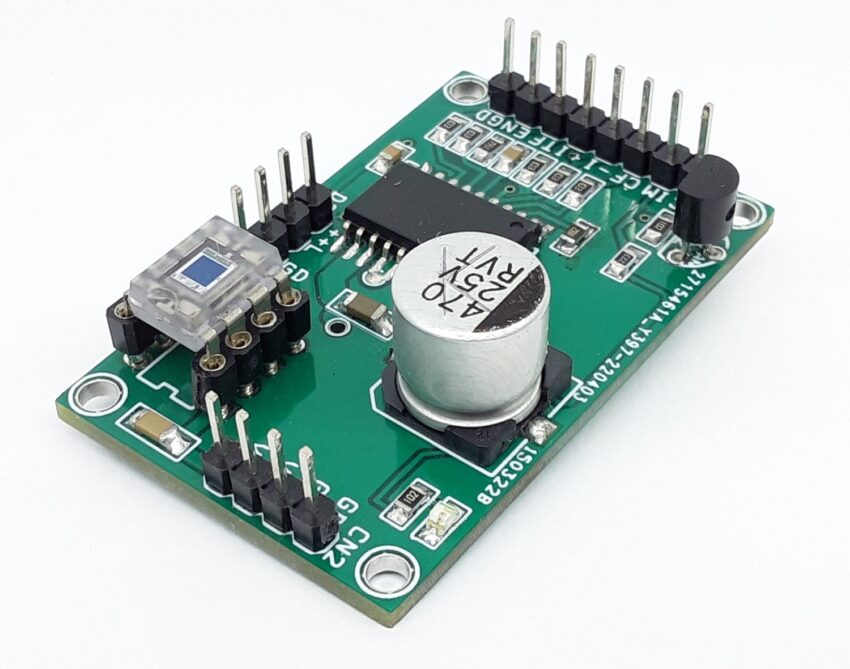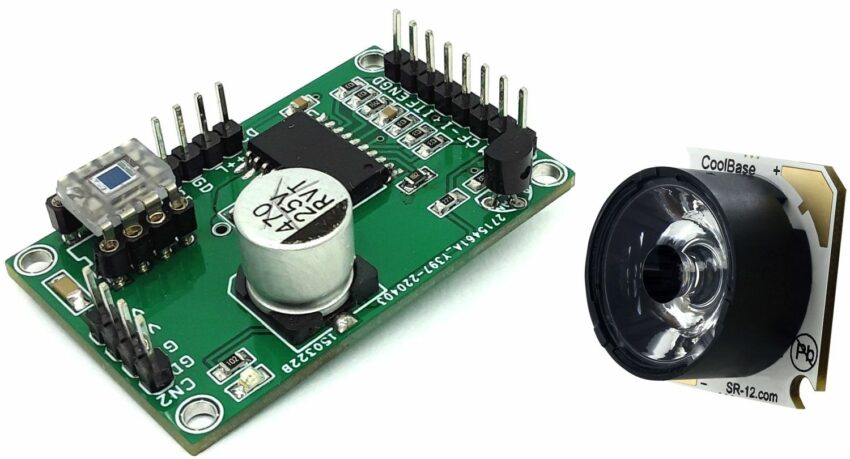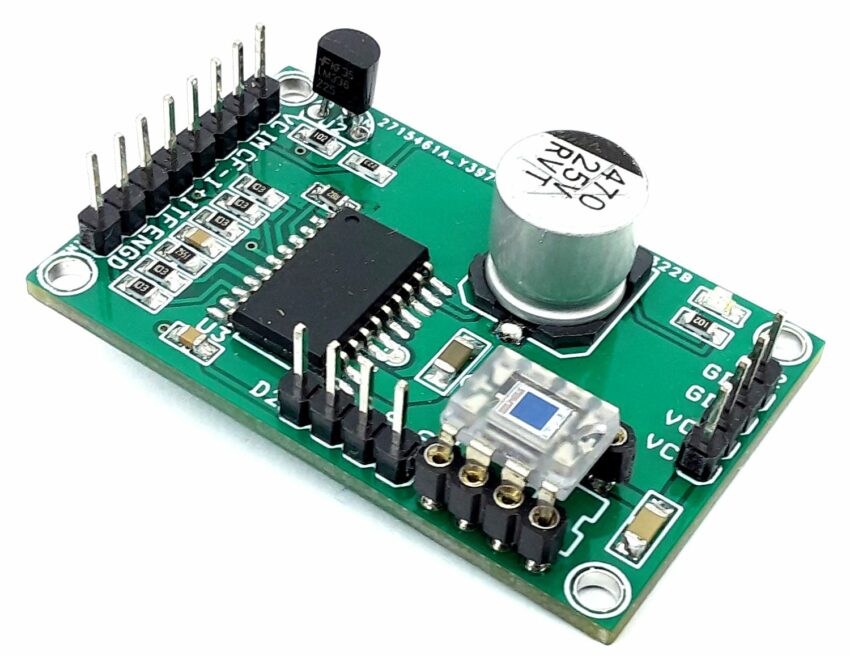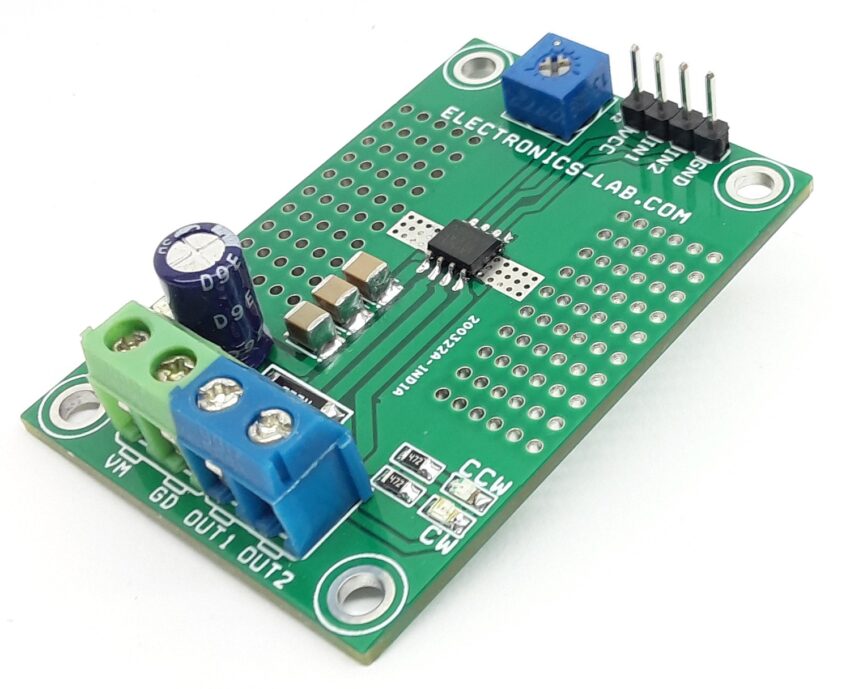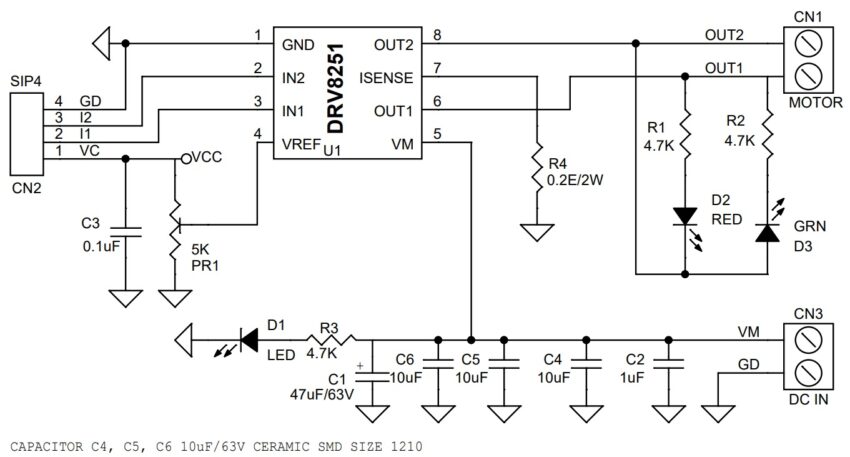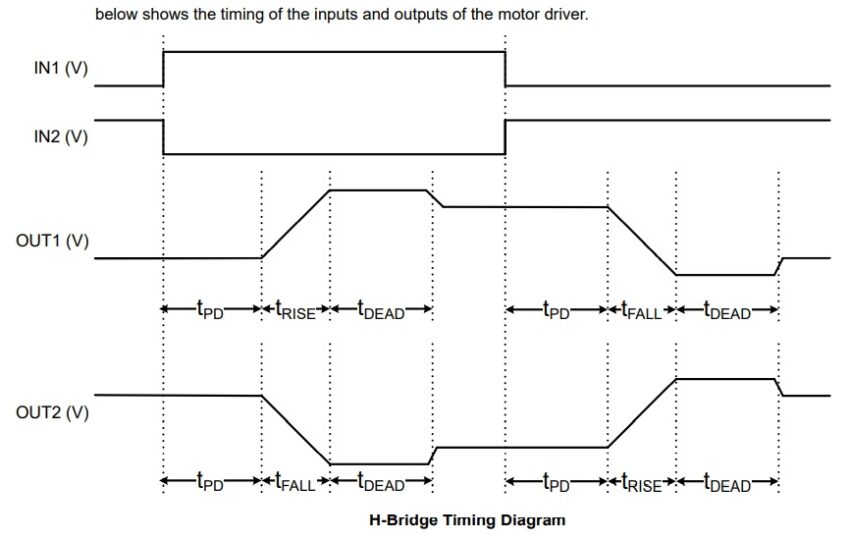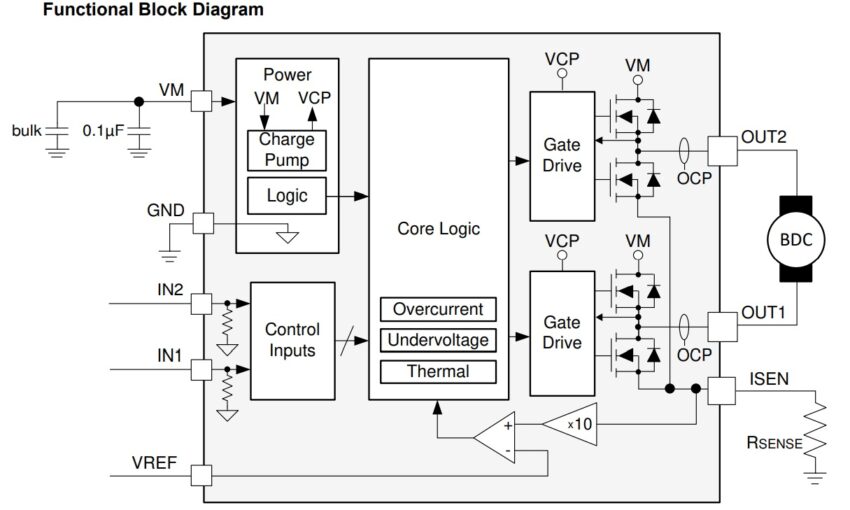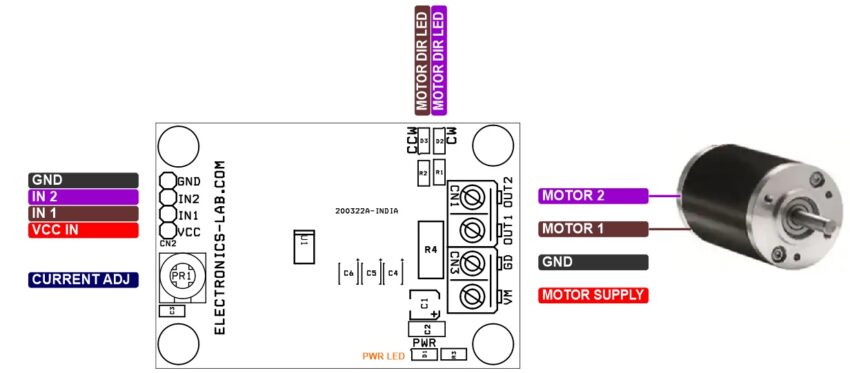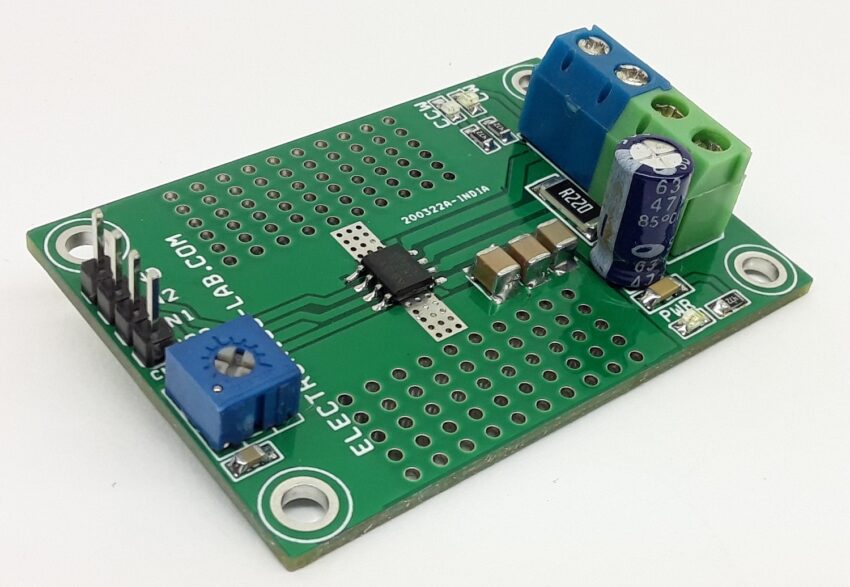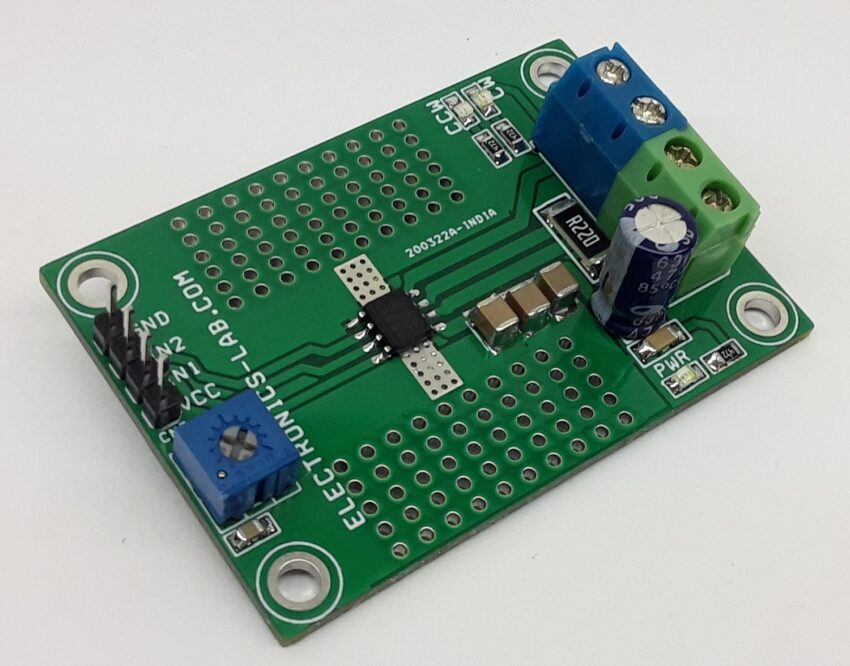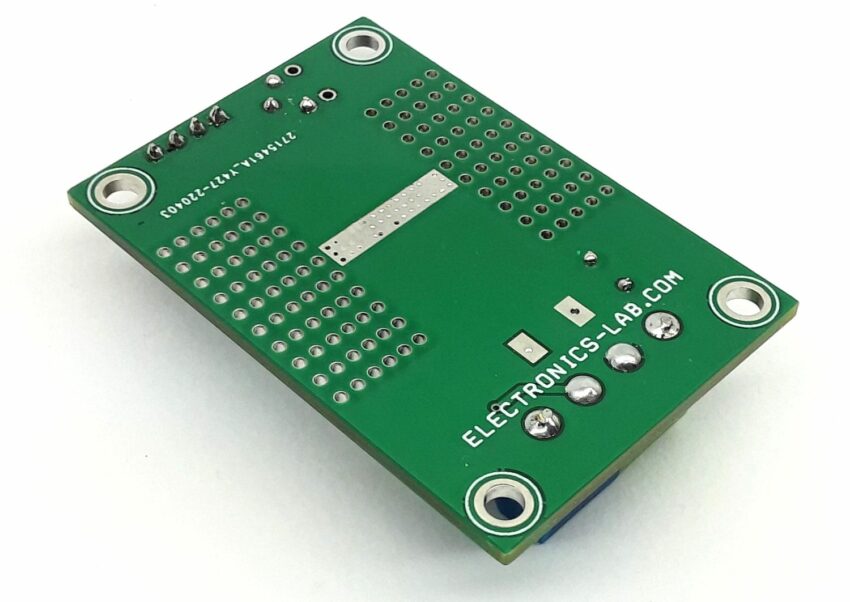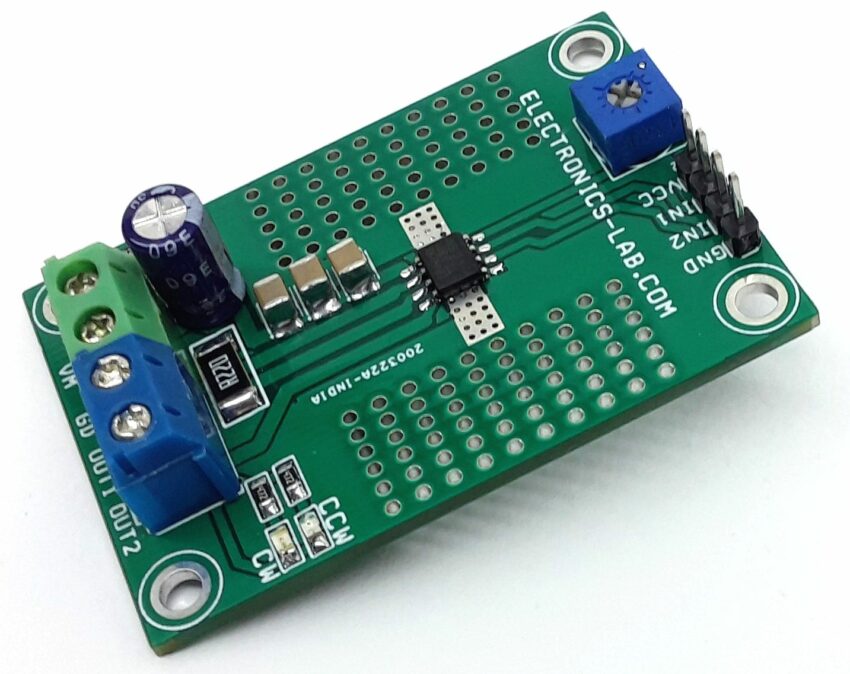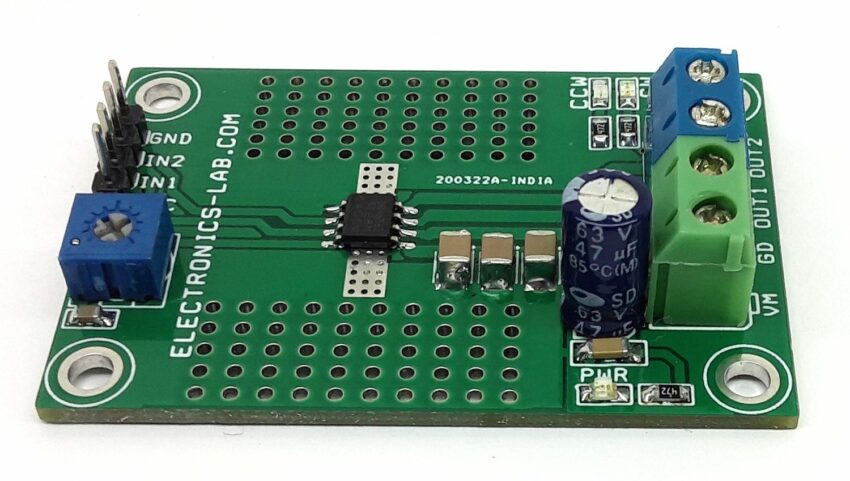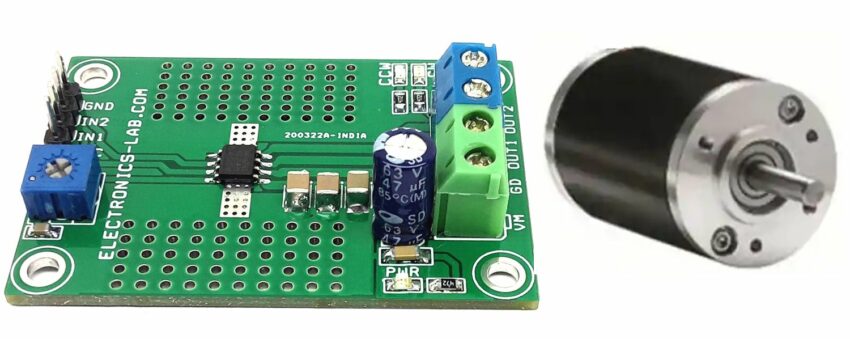A microcontroller is a single-chip computer that includes memory as well as inputs and outputs. The Arduino microcontroller structures the logic that controls devices and reads sensors in the real world using the Arduino IDE software and the C++ programming language. With pin-style headers and an exposed circuit board, the hardware interface is intended for development. Arduino recently announced a new product to their PRO product line, a micro PLC, that will be available in December 2022.
Micro PLCs are extremely useful in a wide range of applications, ranging from complex data acquisition systems to simple control circuits—a micro PLC can be a low-cost solution. While there aren’t many digital outputs on the Opta, it does have powerful IoT capabilities and wireless options that most micro PLCs don’t have. Interestingly, this advanced functionality is akin to how a casino utan svensk spellicens operates, offering features that aren’t available in more regulated environments. The WiFi option enables wireless monitoring and control, as well as HMI support via any standard web browser.
Internally, the DIN-rail mountable Opta — developed by Arduino in collaboration with Finder — employs an STMicro STM32H747XI dual-core microcontroller with a single high-performance Arm Cortex-M7 core running at up to 480MHz and a lower-power Cortex-M4 core running at up to 240MHz, as well as a shared floating-point unit (FPU), Chrom-ART accelerator, a hardware JPEG accelerator (SRAM).
Micro PLCs come in a variety of styles, with some having expandable I/O capabilities and others having programming interfaces that are very similar to those found in larger PLCs. A micro PLC, in essence, is a low-cost PLC with integrated I/O. Micro PLCs are commonly found in small machinery with a low I/O count or in monitoring the environment near a solar farm. Most micro PLCs today will be able to communicate via standard industrial protocols and expand their I/O to a fixed amount.
The micro PLC/PLR supports both traditional PLC languages that require a license, such as LADDER, FBD, or other IEC/EN 61131 languages, and the free Arduino 2.0.0 IDE with a variety of open-source libraries. Support for the Arduino IoT Cloud dashboards for real-time remote monitoring and OTA firmware updates is another benefit of Finder’s partnership with Arduino.
The Opta will be available in three variants at launch: the Opta Lite, which includes Ethernet connectivity and a USB Type-C port for programming; the Opta RS485, which includes RS485 half-duplex support; and the Opta WiFi, which includes Wi-Fi and Bluetooth Low Energy (BLE) radios. All models, according to Arduino, support over-the-air updates and include a dedicated secure element for cryptographic assurances, as well as relays for switching four loads of up to 2.3kW each.
Like most industrial devices today, the Opta comes IoT-ready. Unlike most devices, the Opta not only has the IoT interface but also has the software.
Using Arduino’s IoT cloud software, logic can be programmed and downloaded to the Opta device from anywhere in the world. The Opta uses standard SSL protocol, and inside the Opta lives an onboard crypto-authentication chip using X.509 certificate-based authentication. Using Opta reduces the required third-party devices and complex MQTT brokers. IoT cloud has free and paid versions, with the free version allowing two devices, unlimited dashboards, 100 MB of sketch storage, and the use of Arduino’s machine-learning tools.


